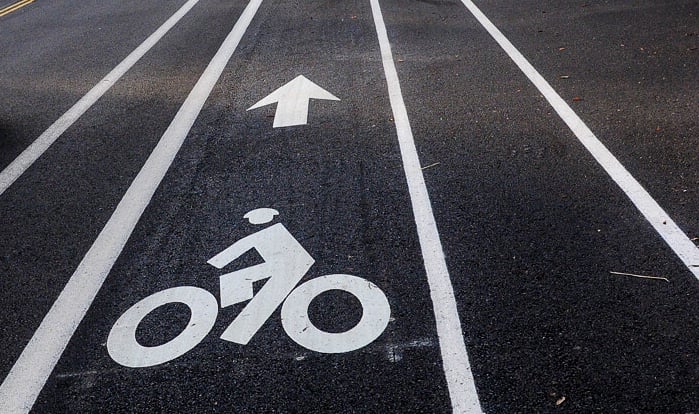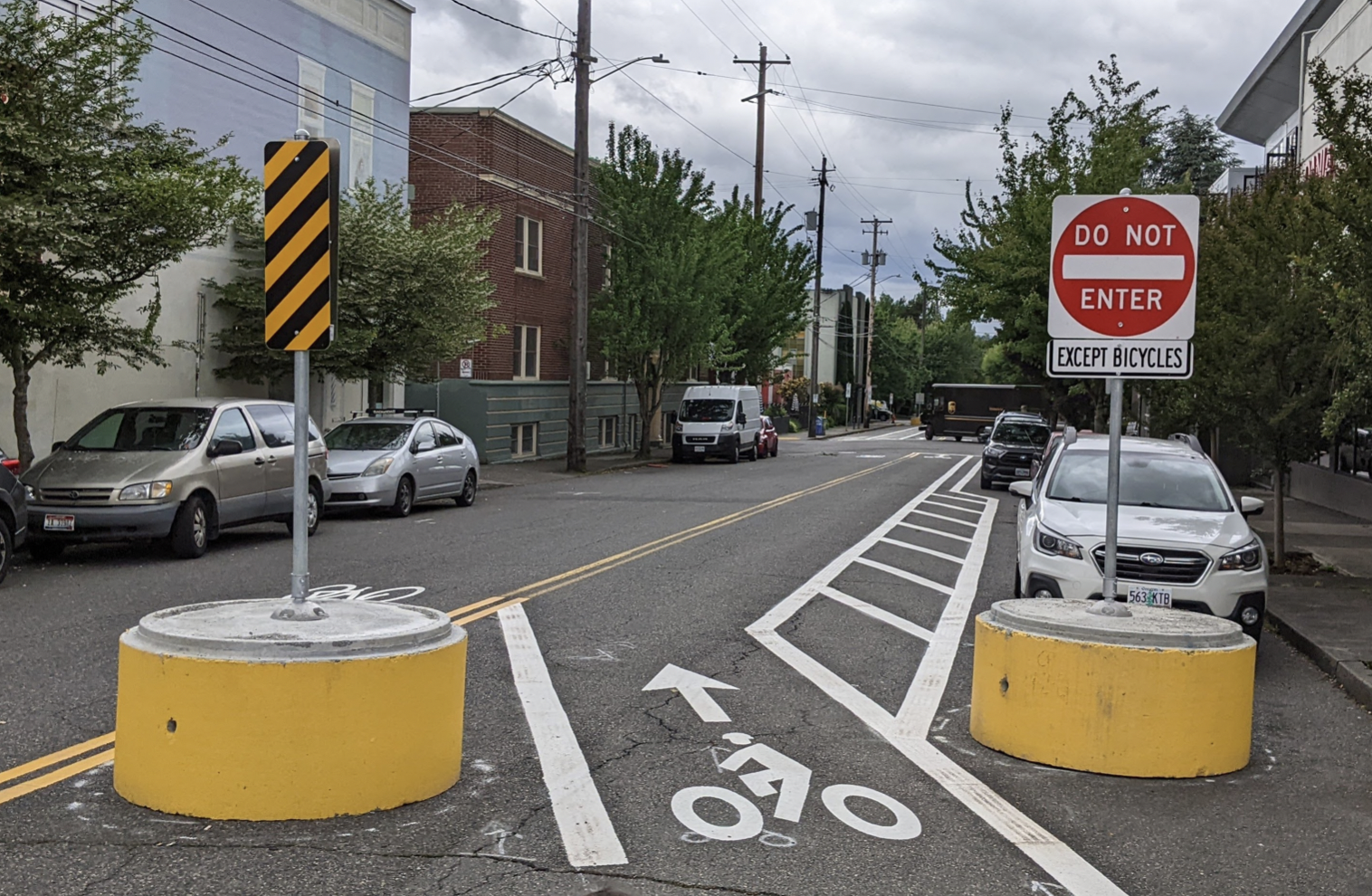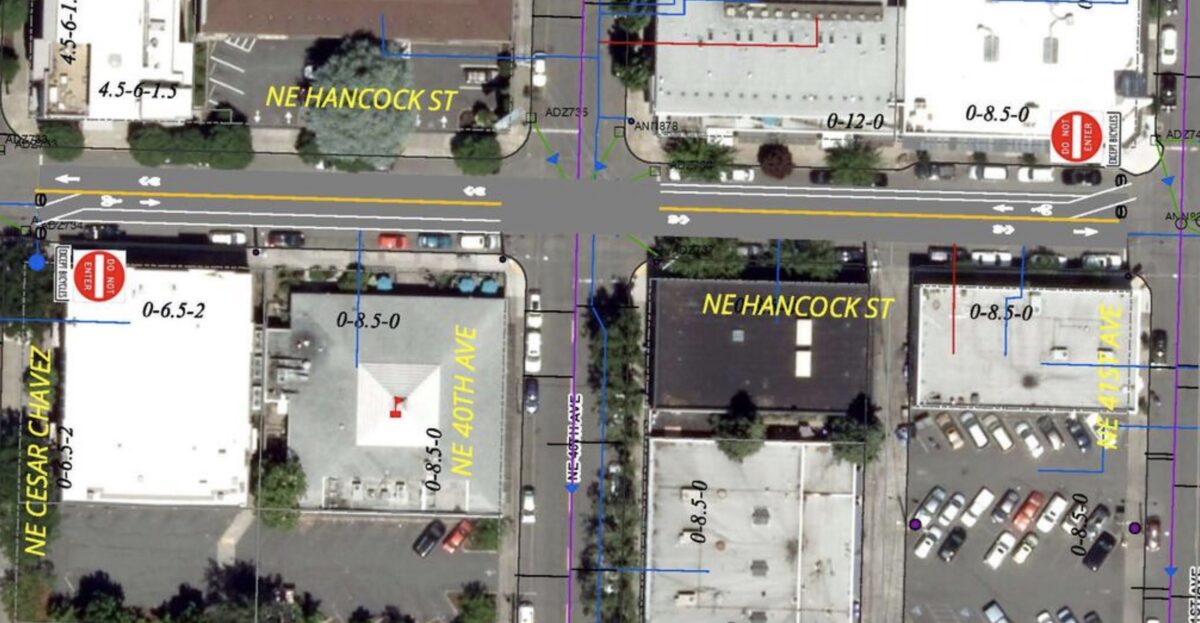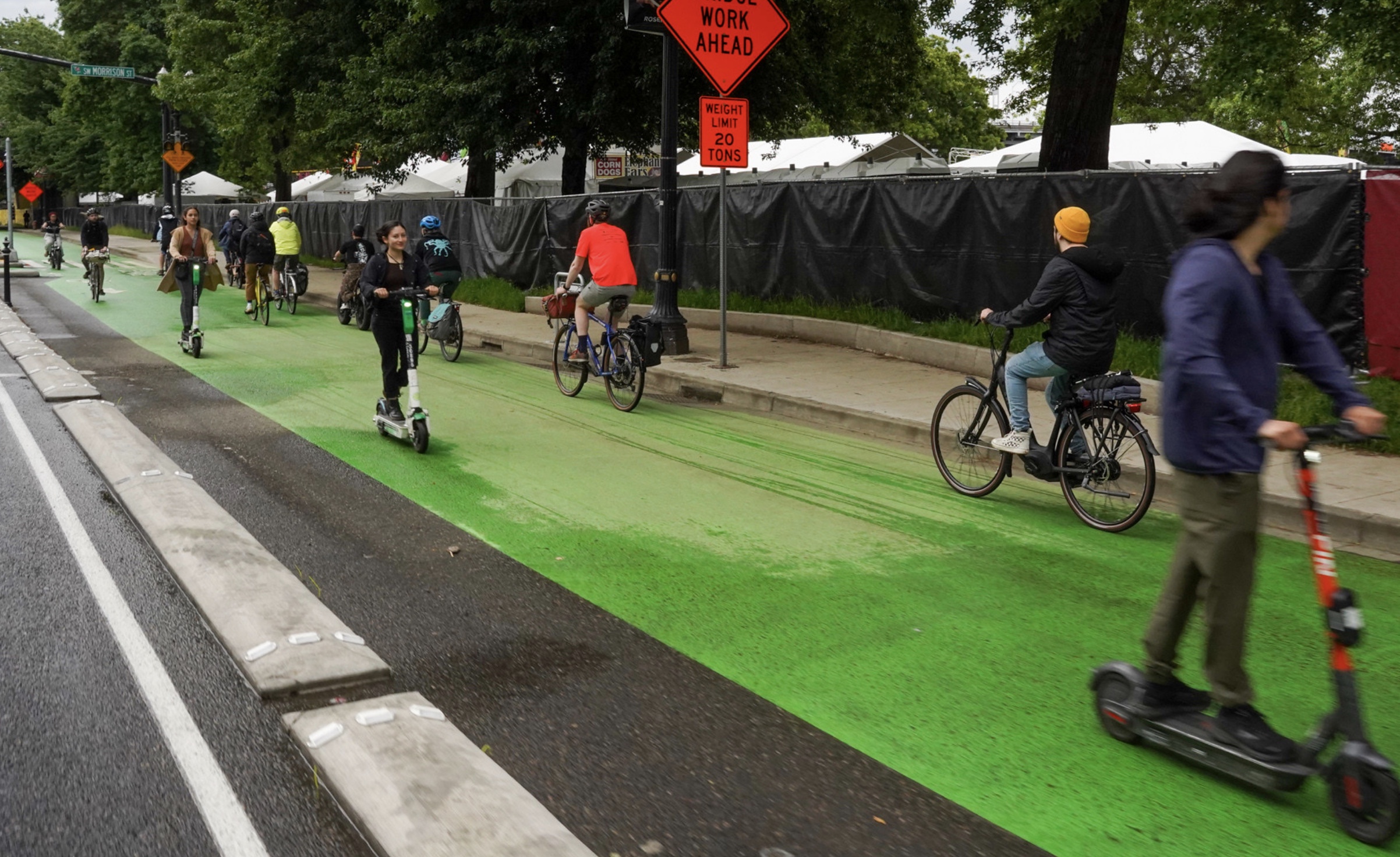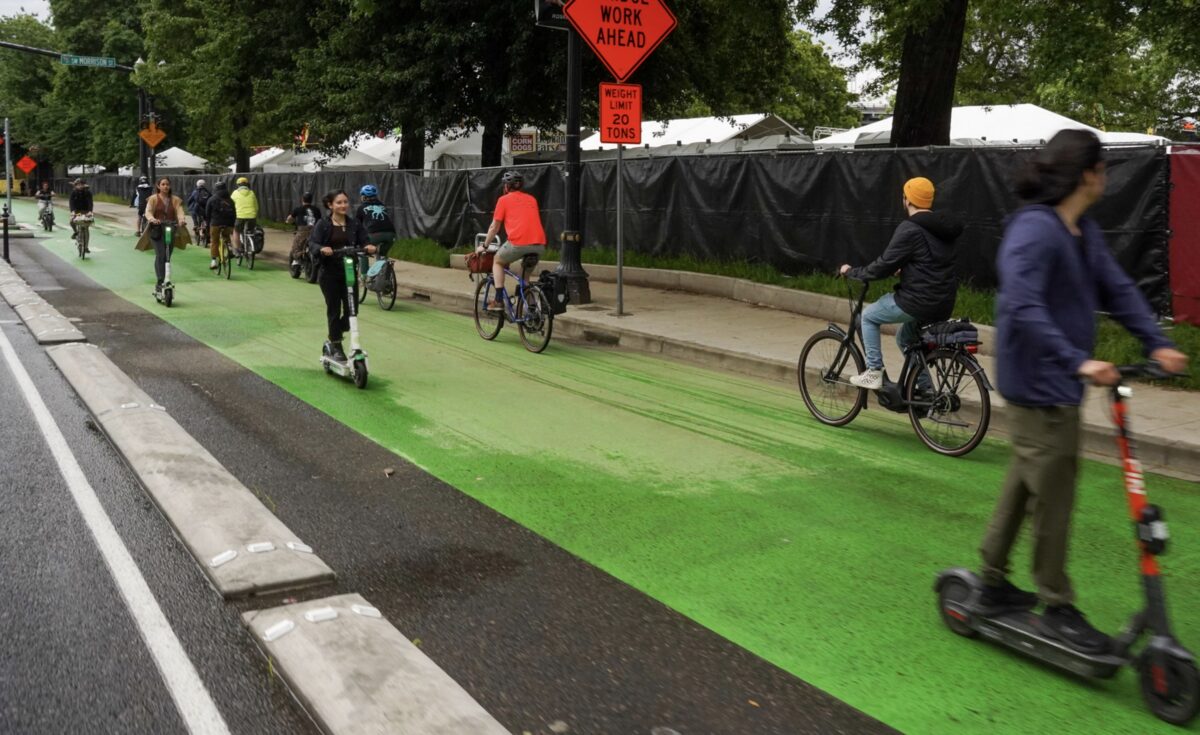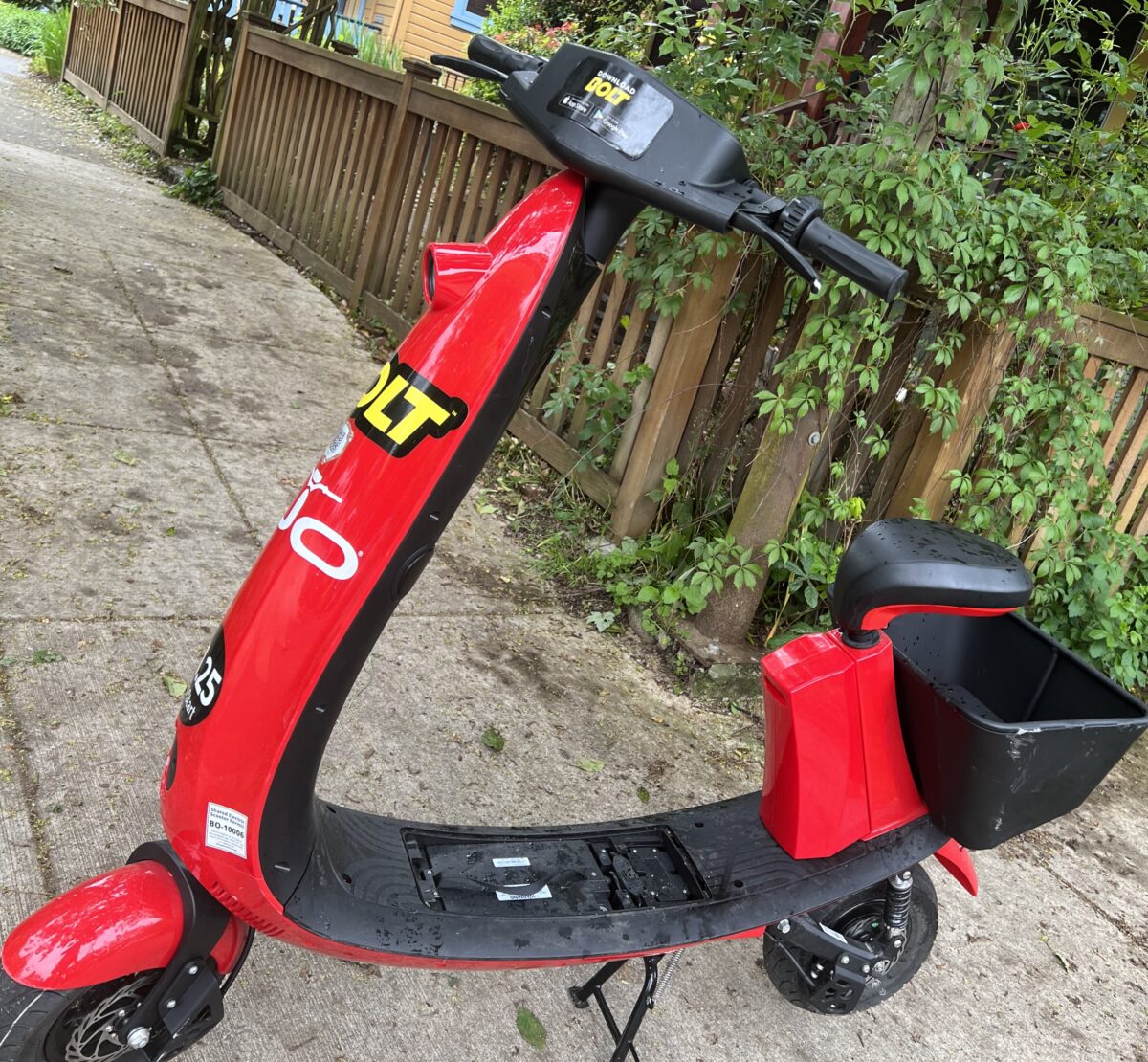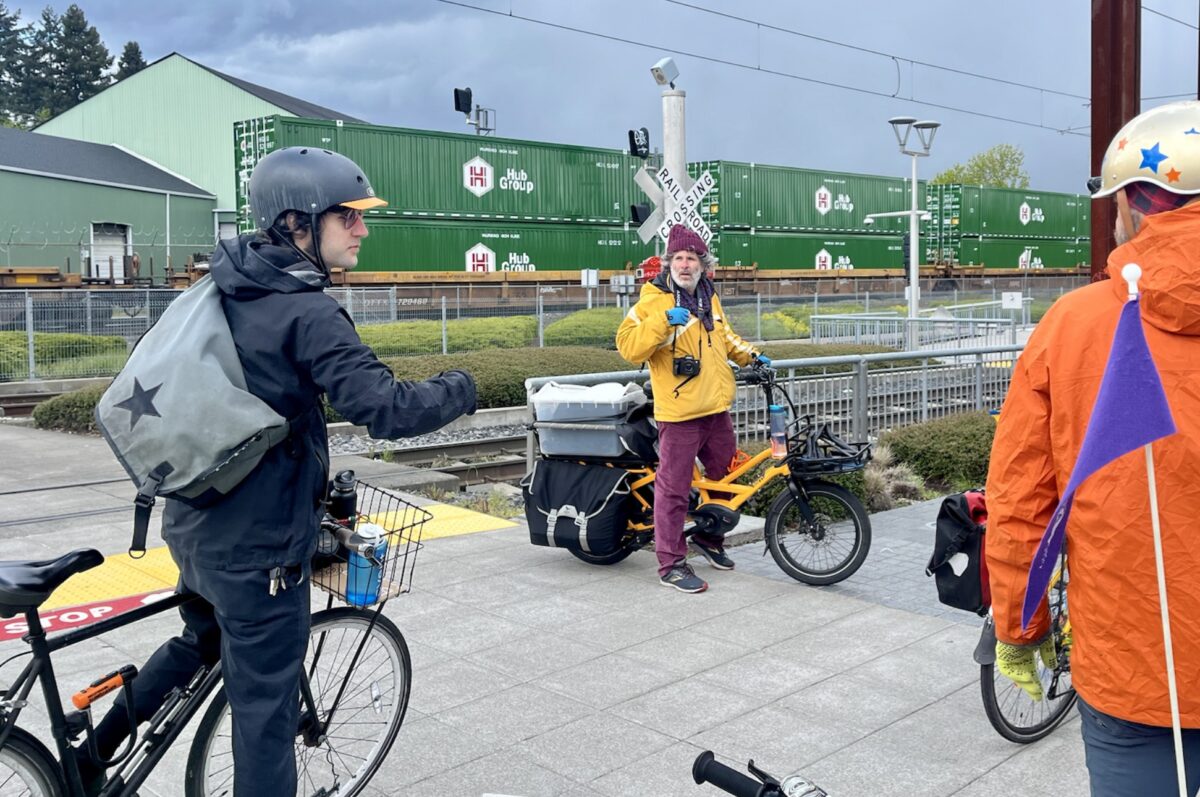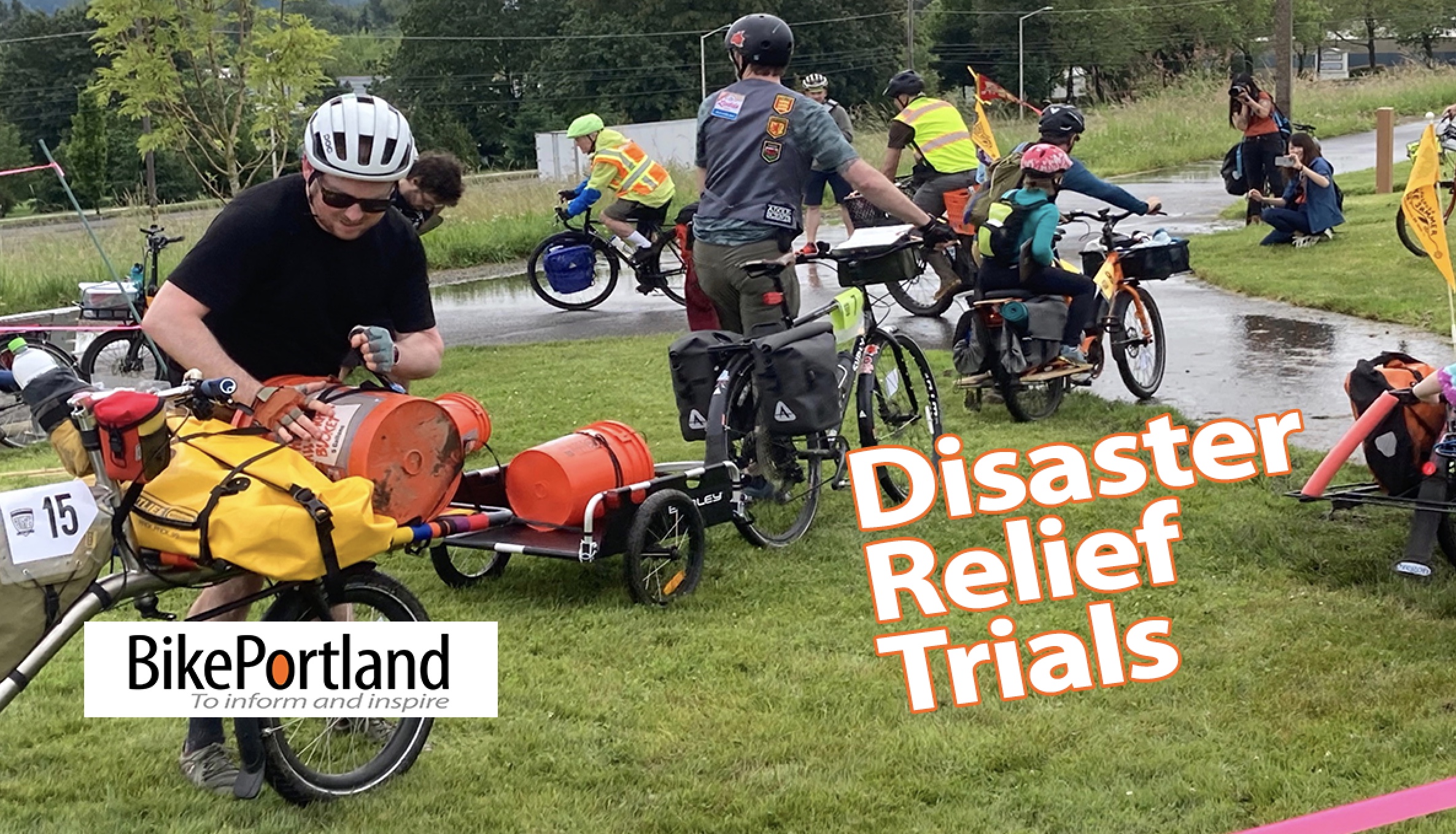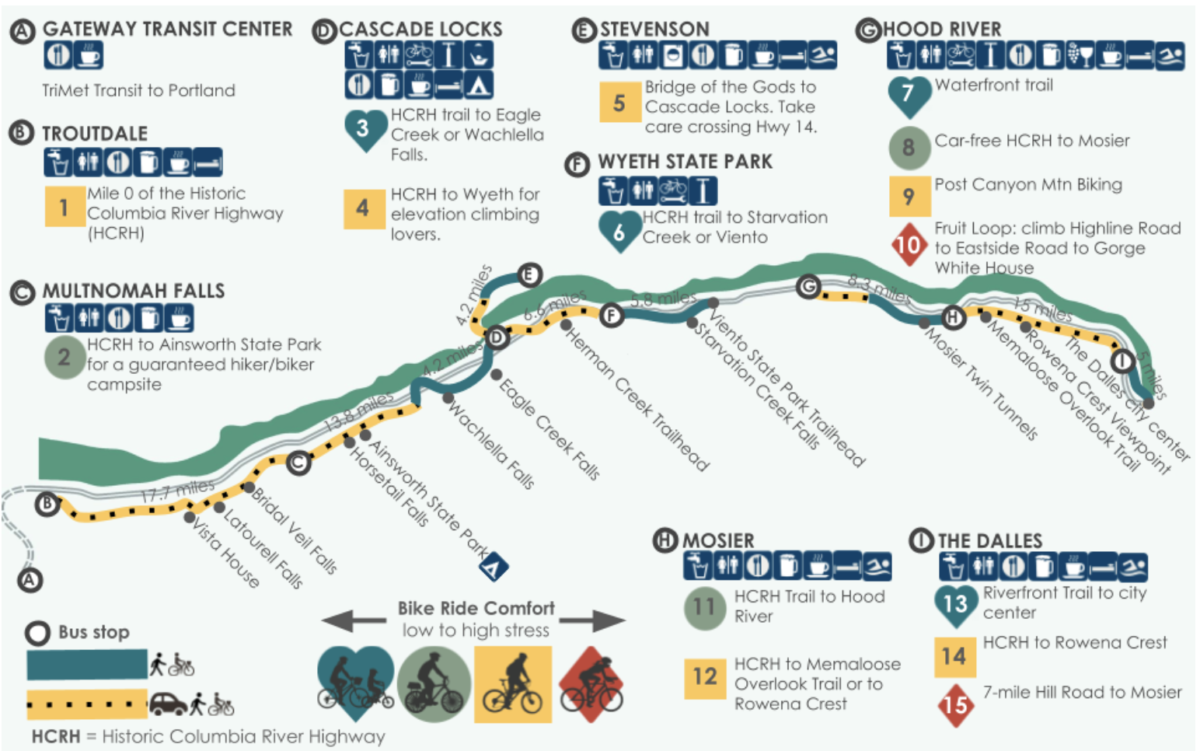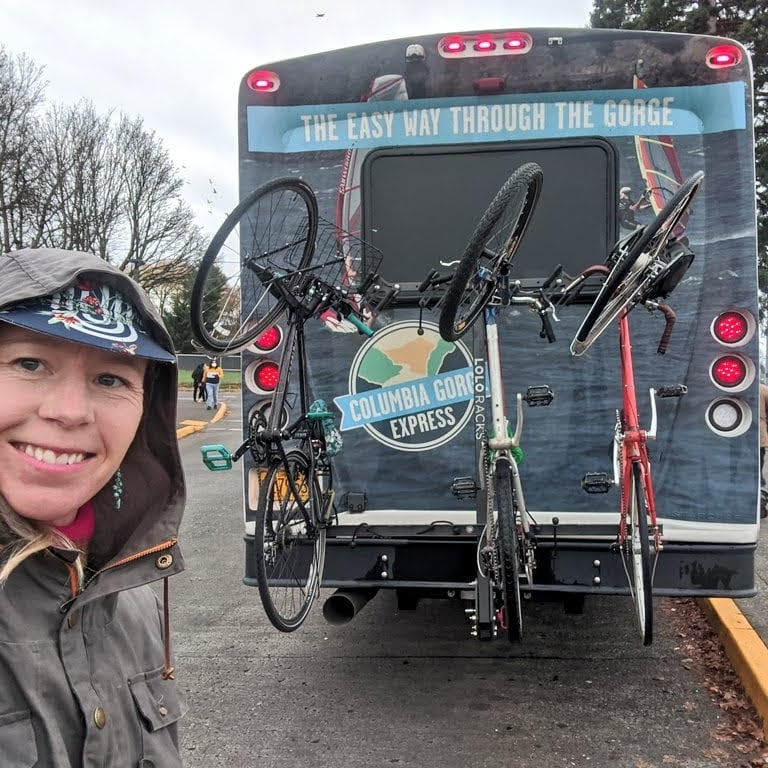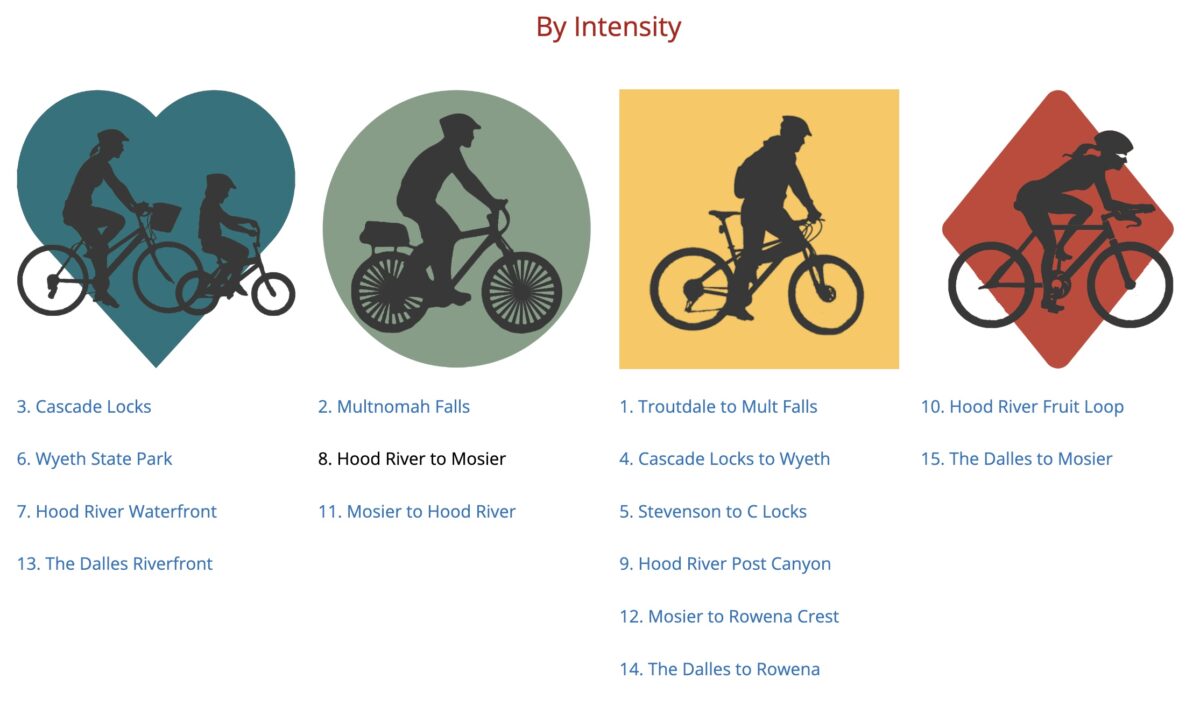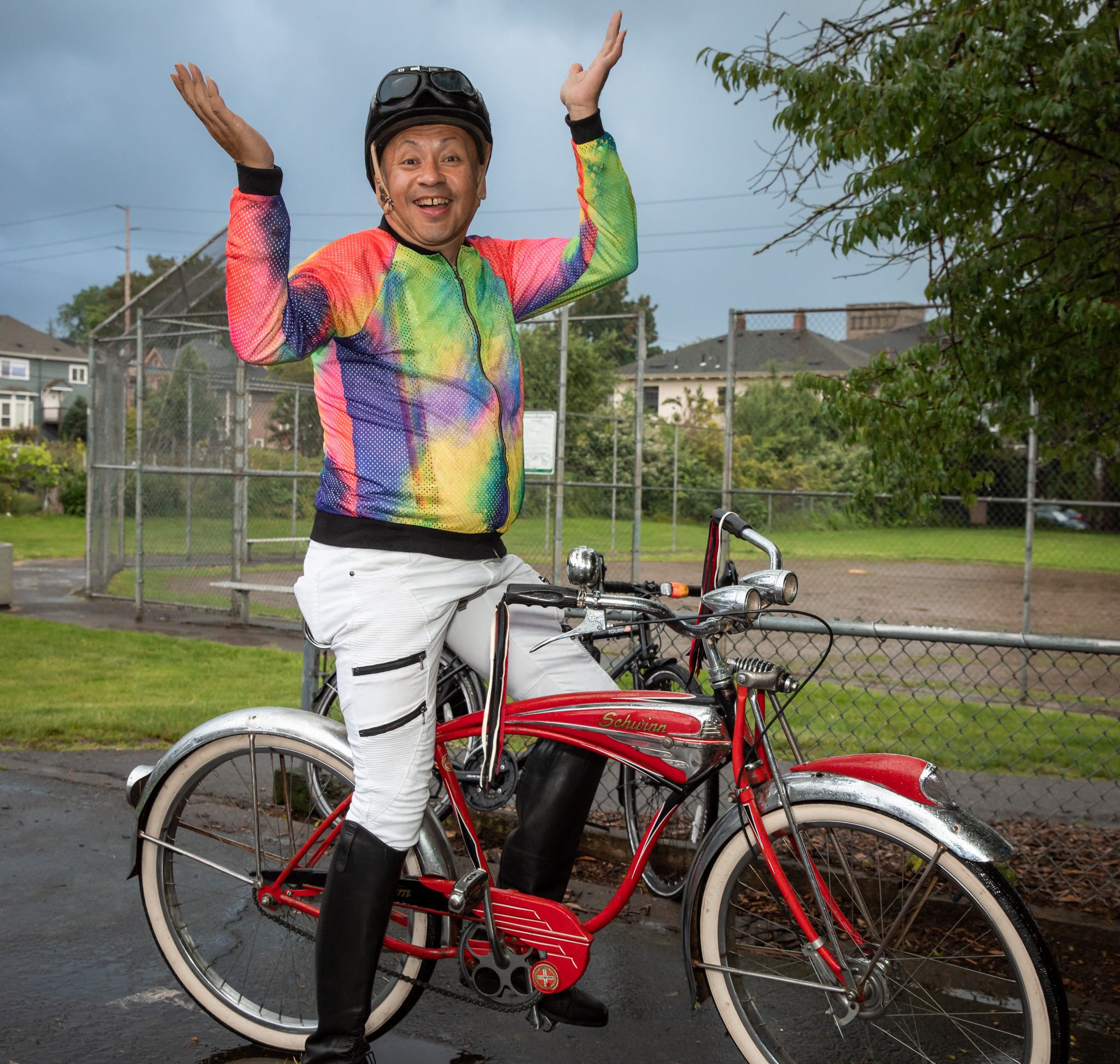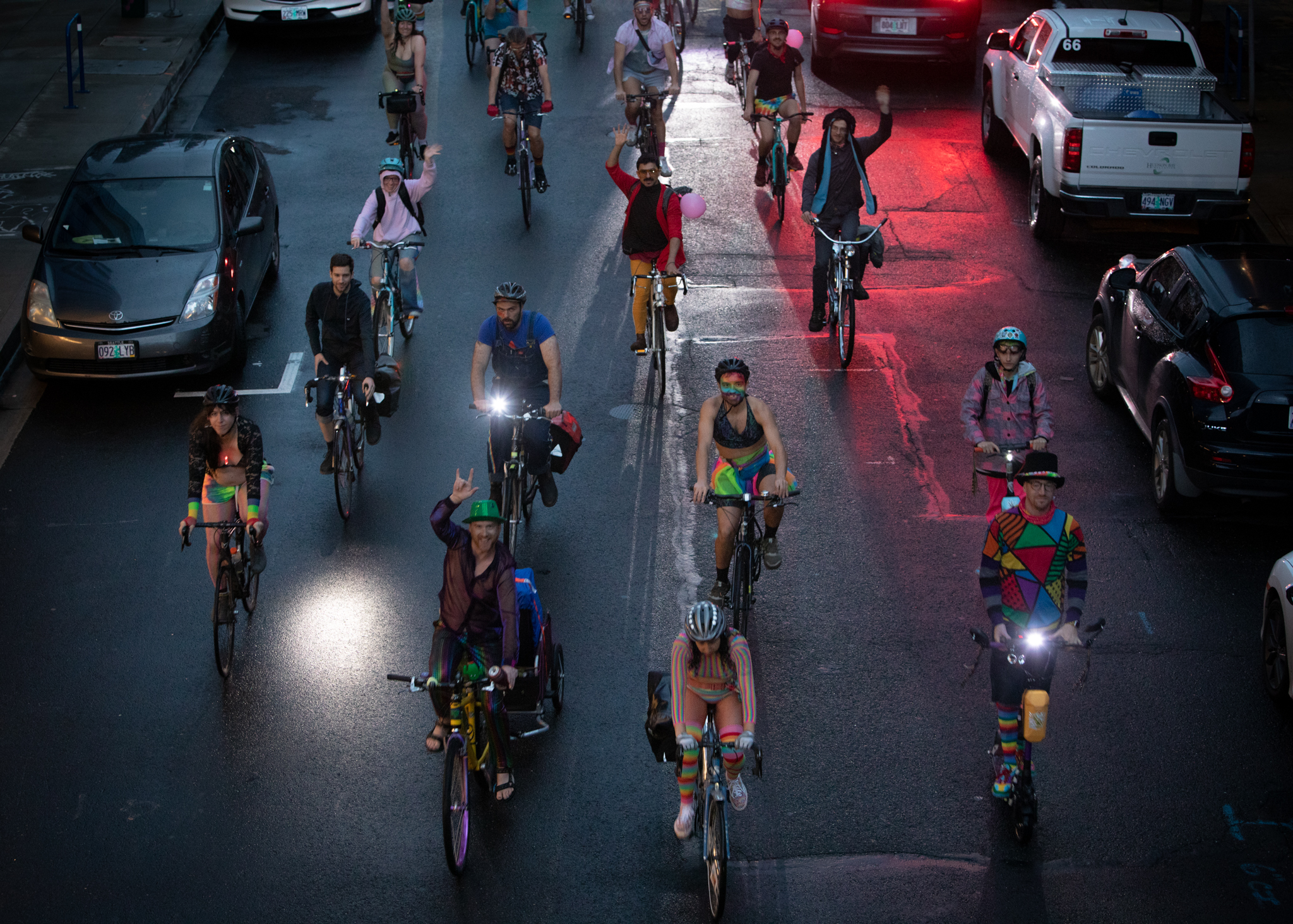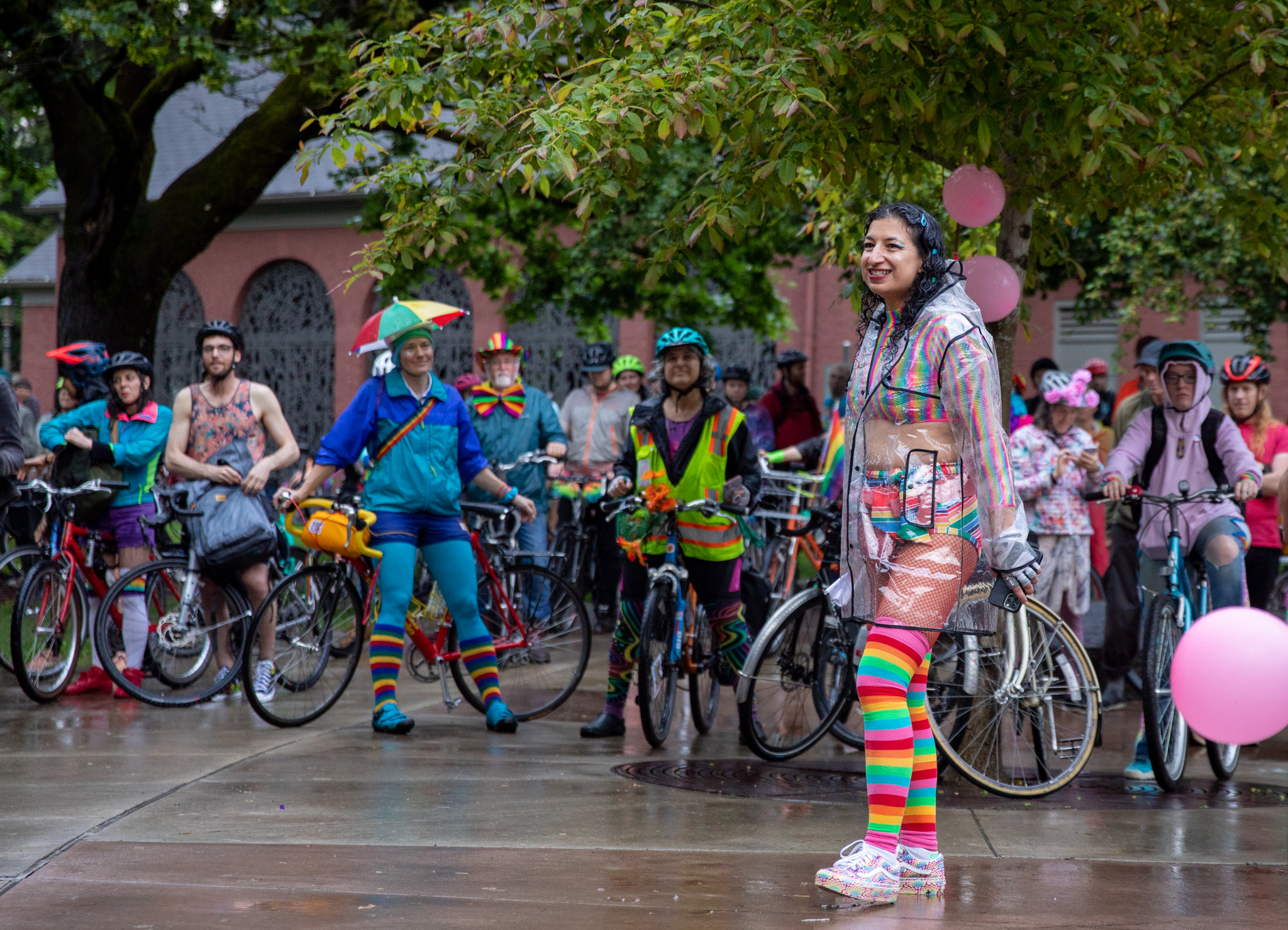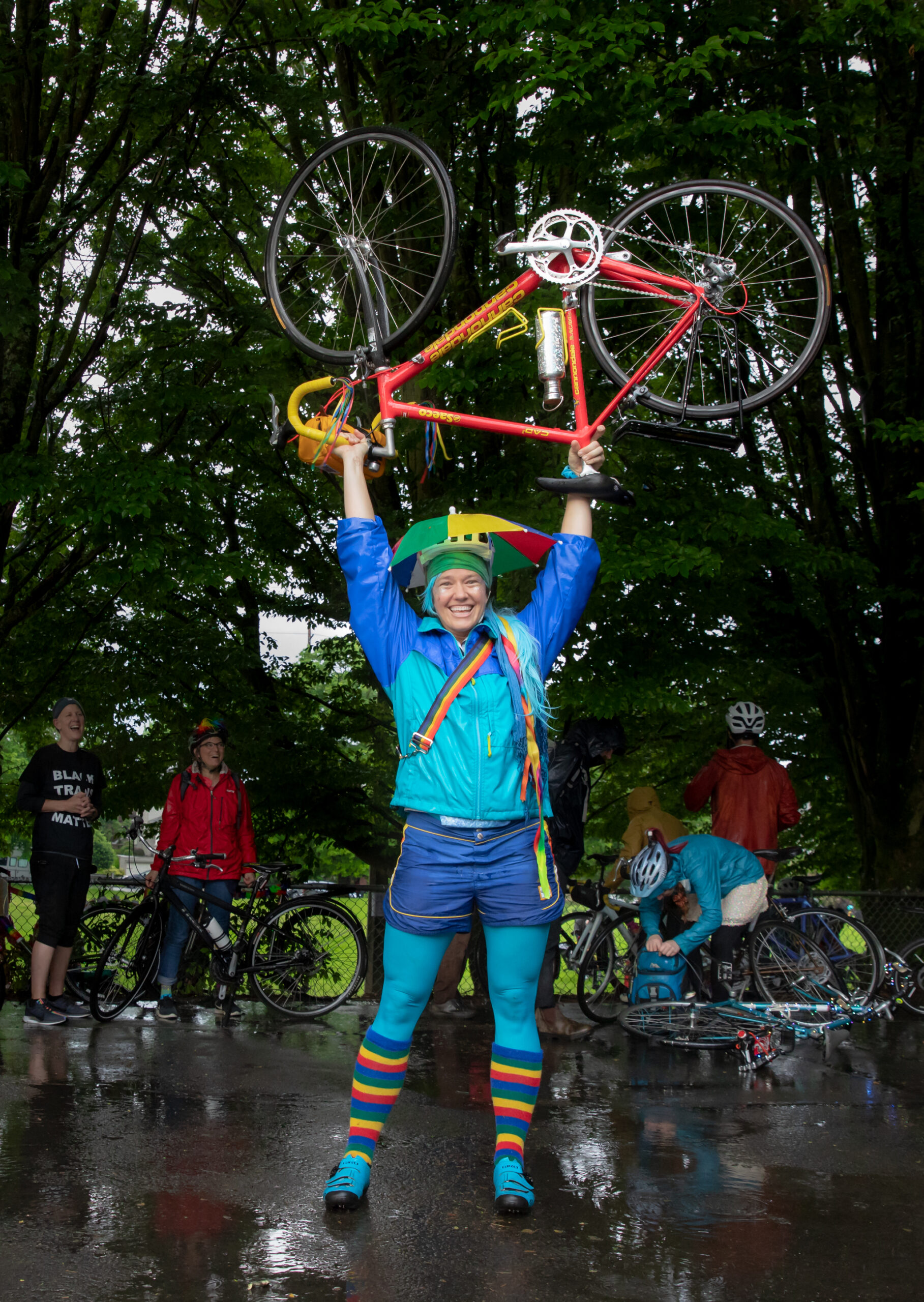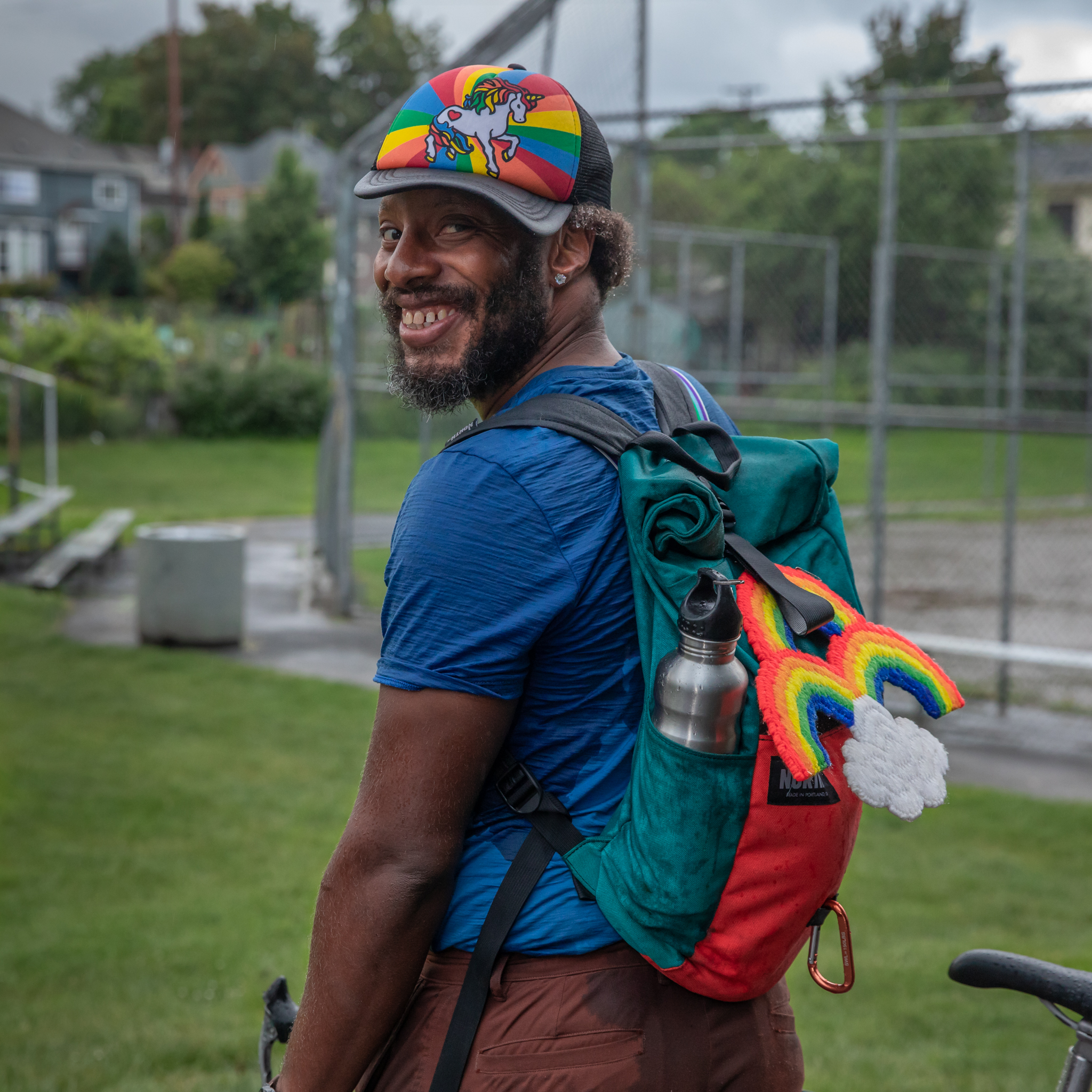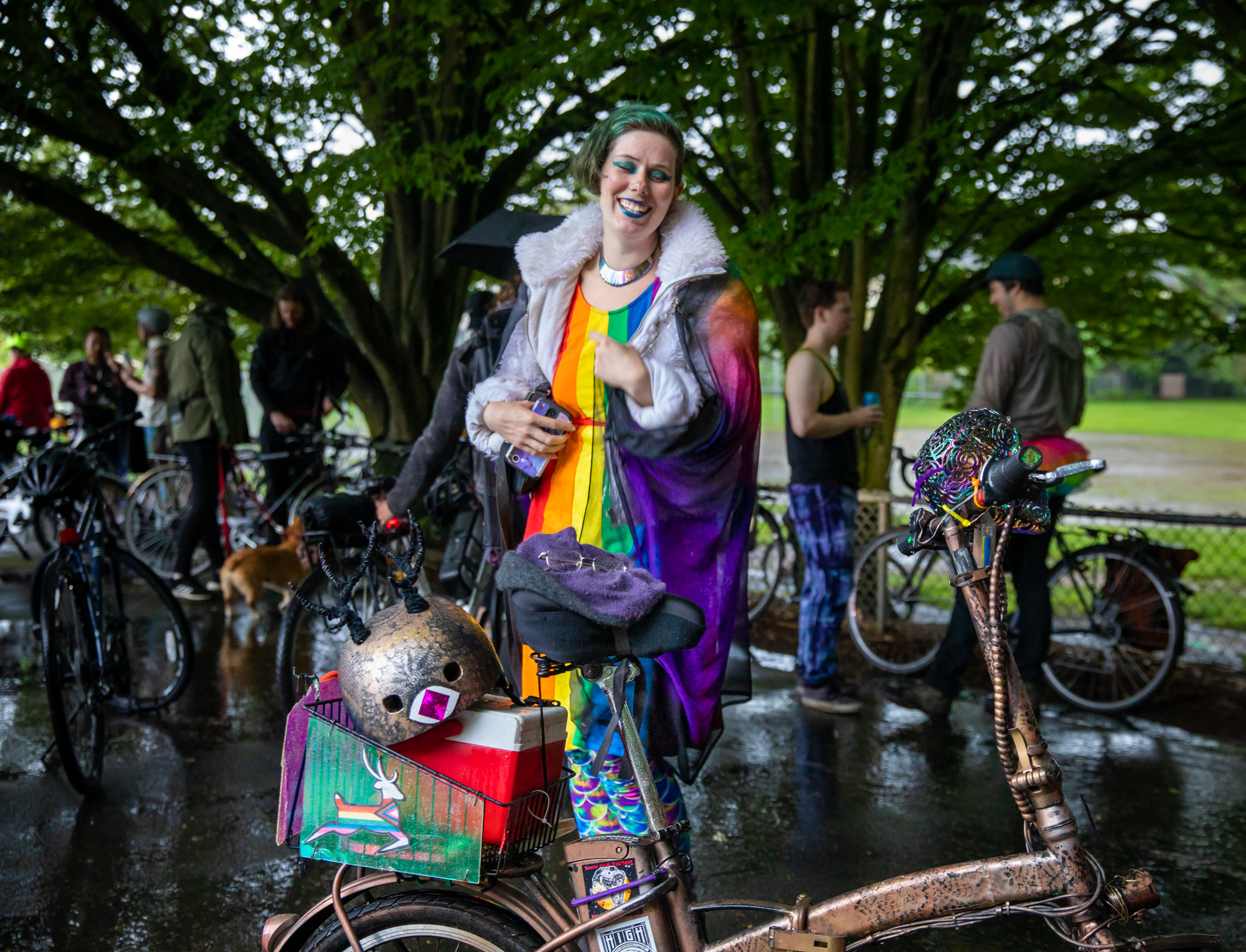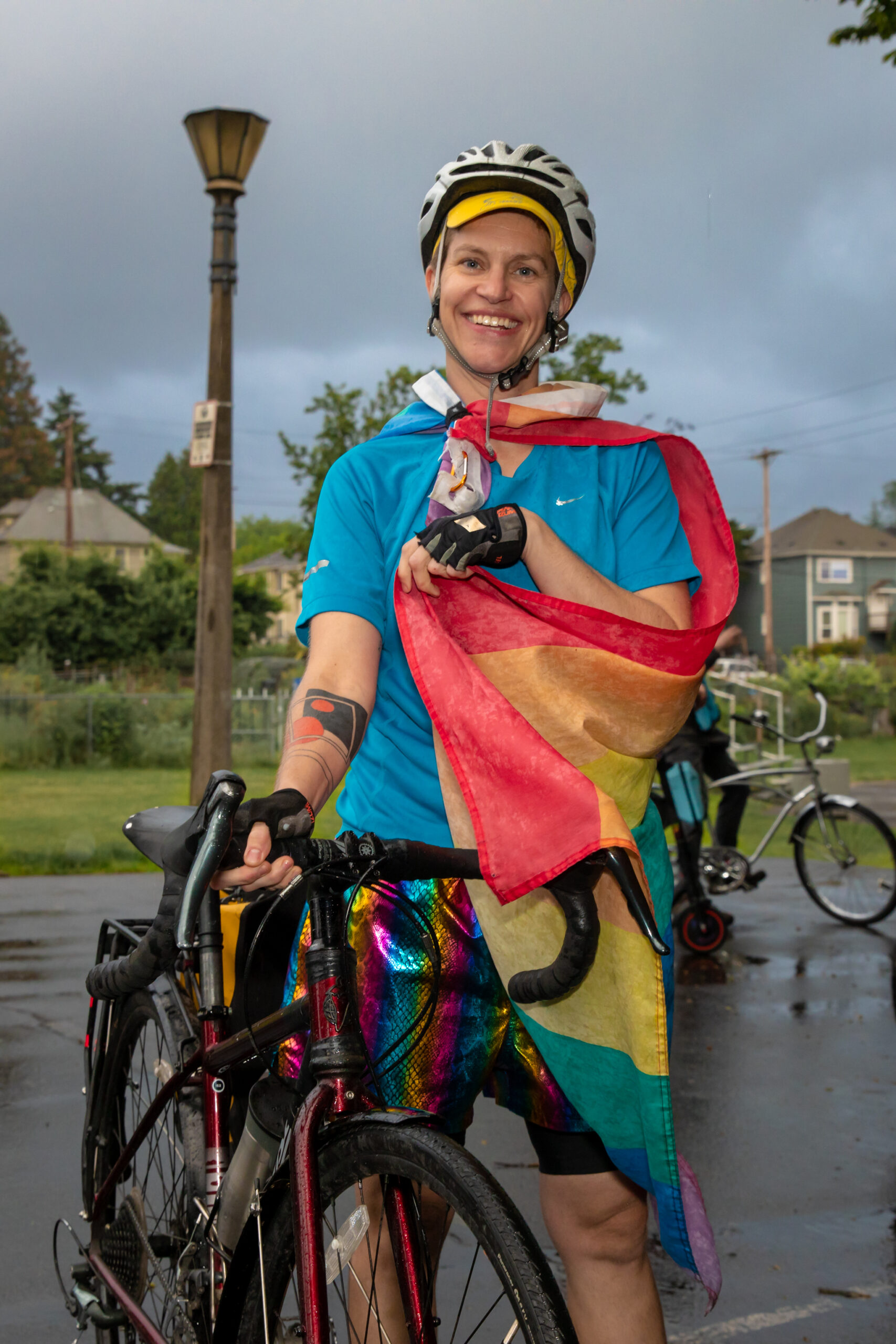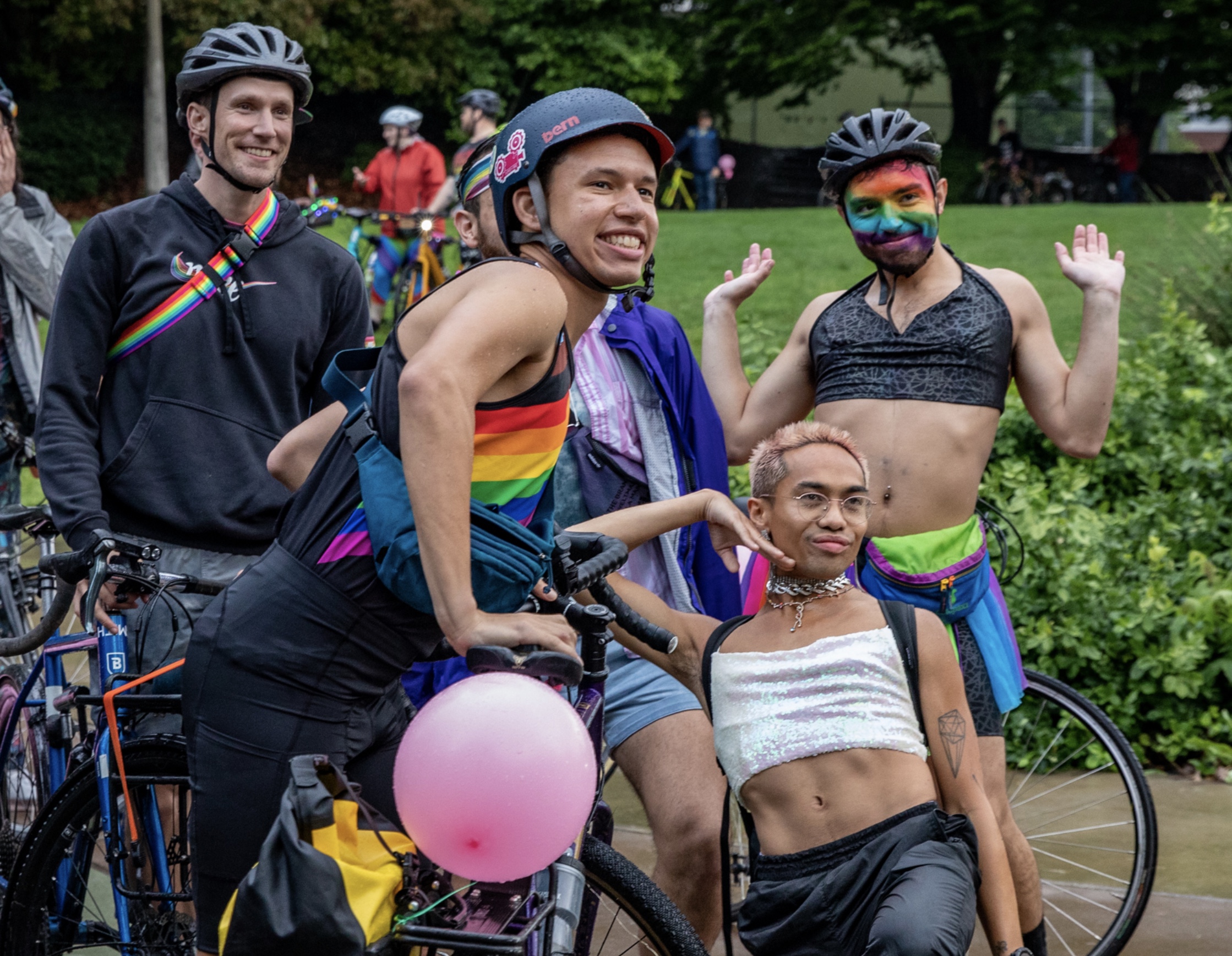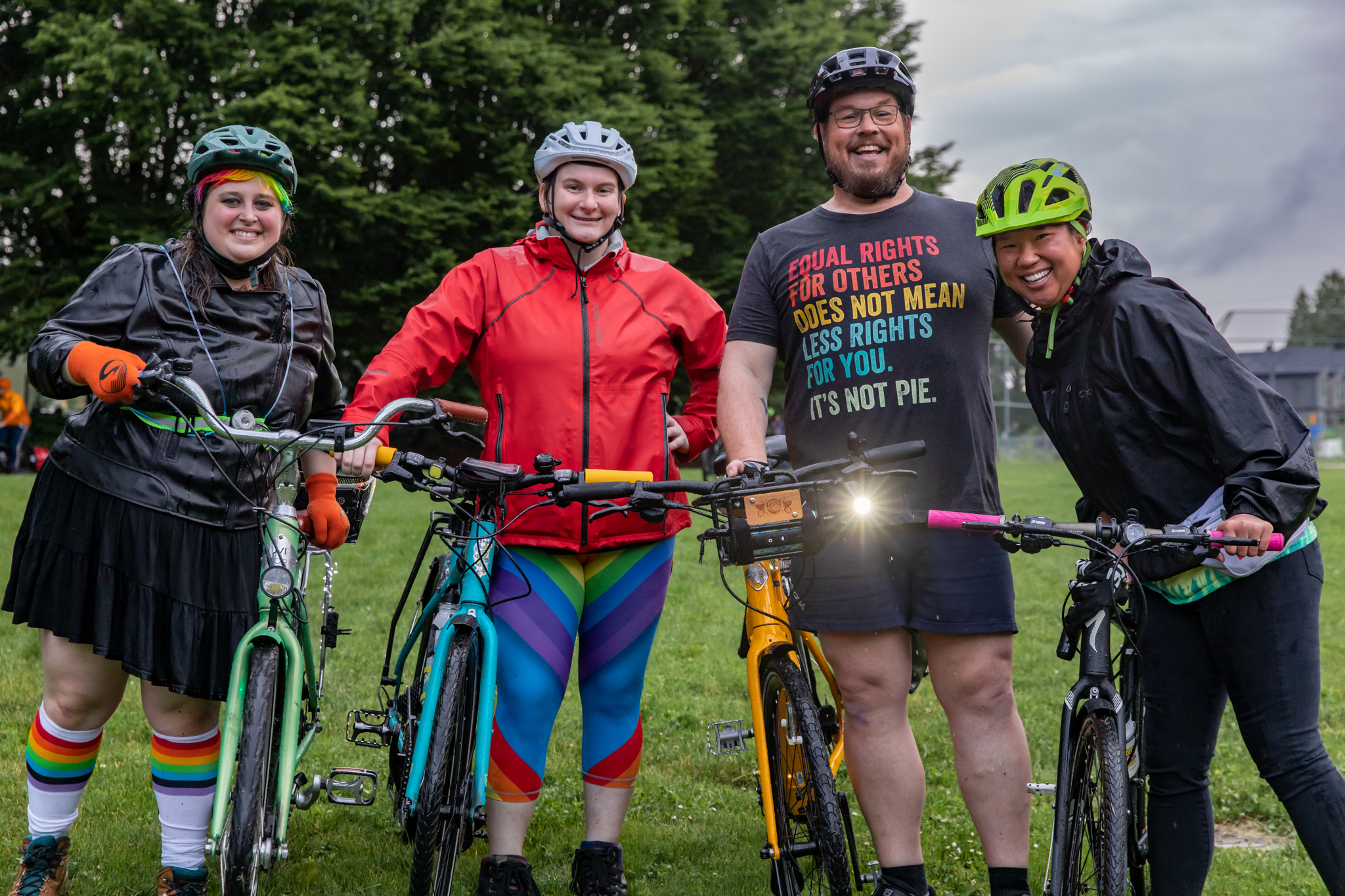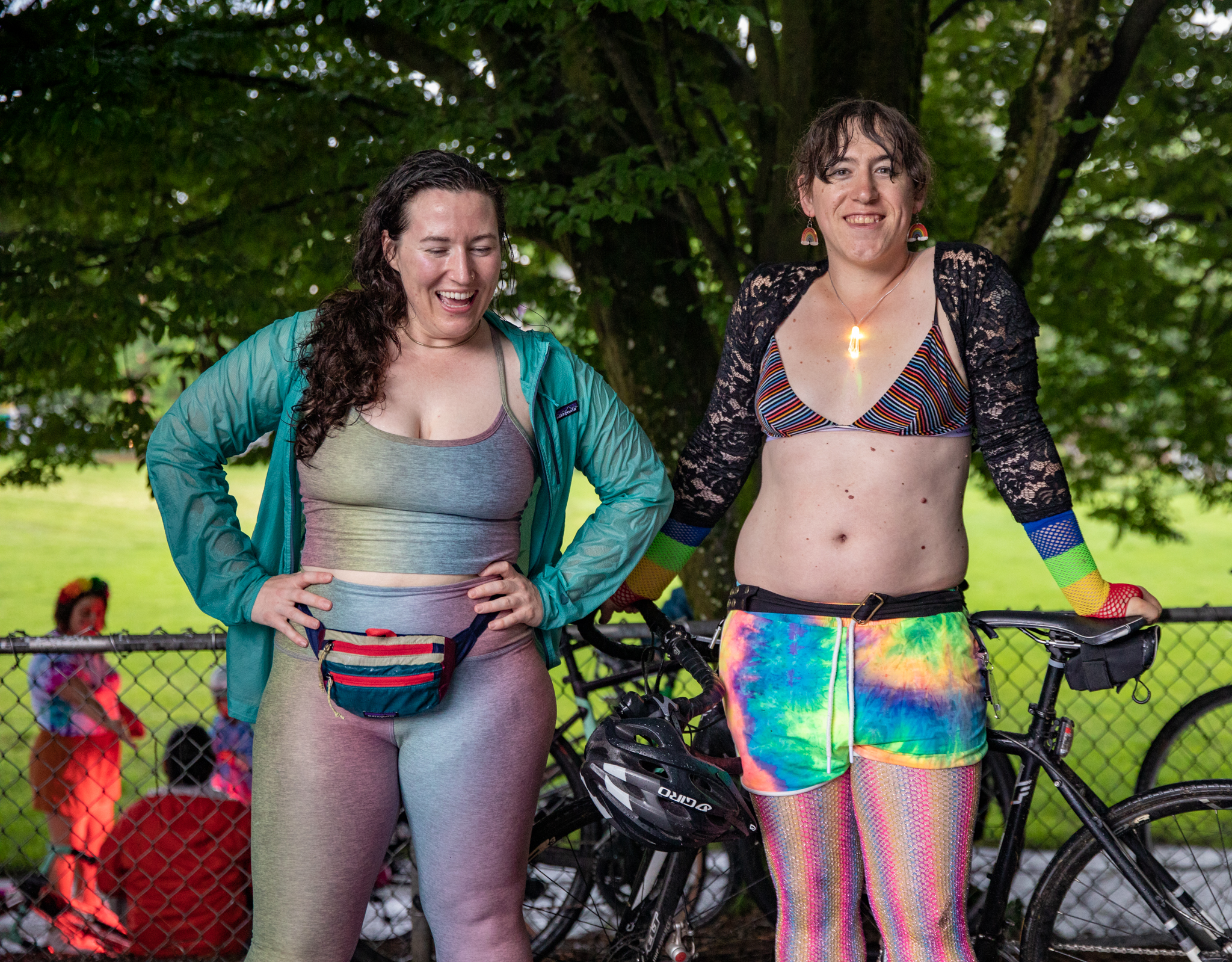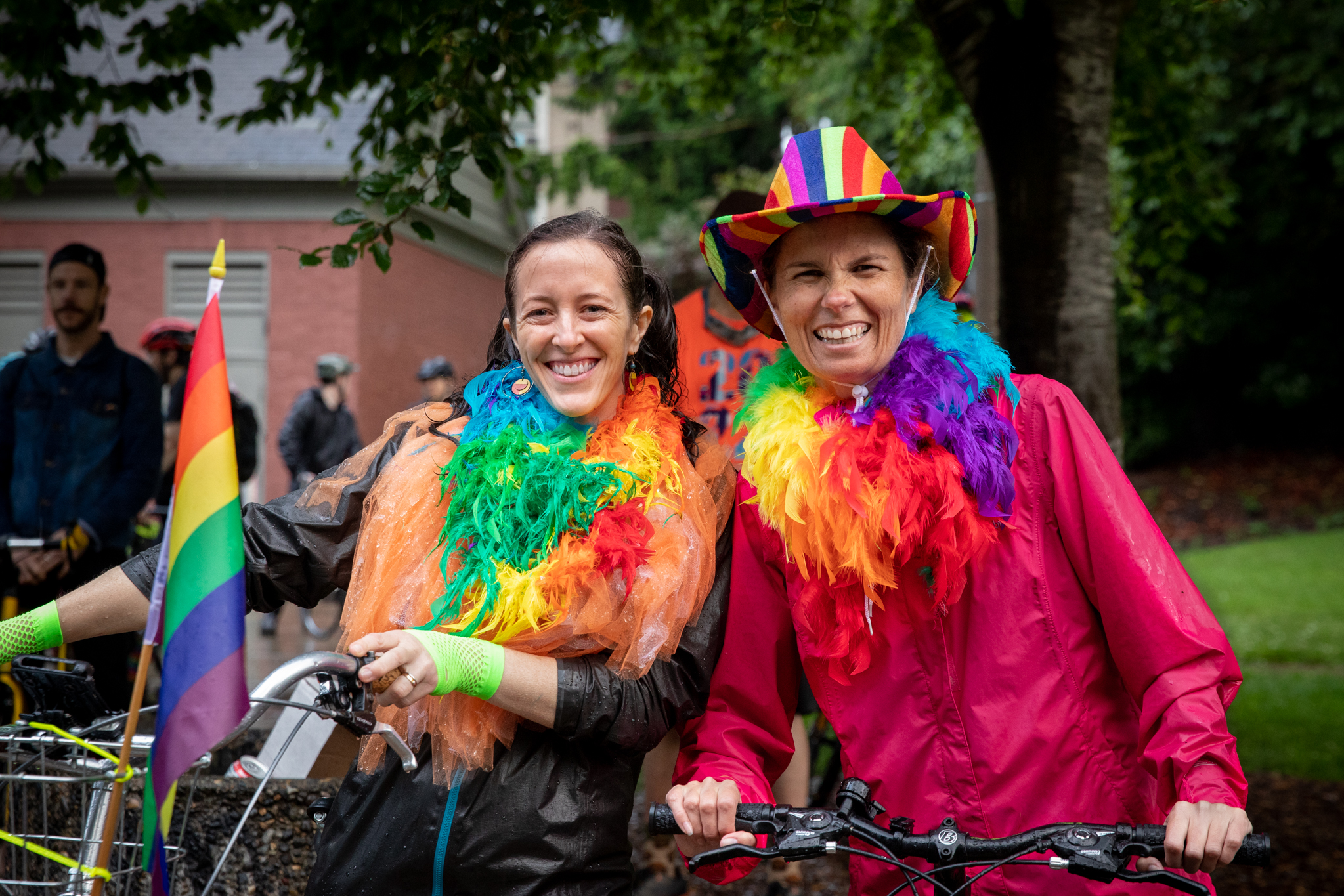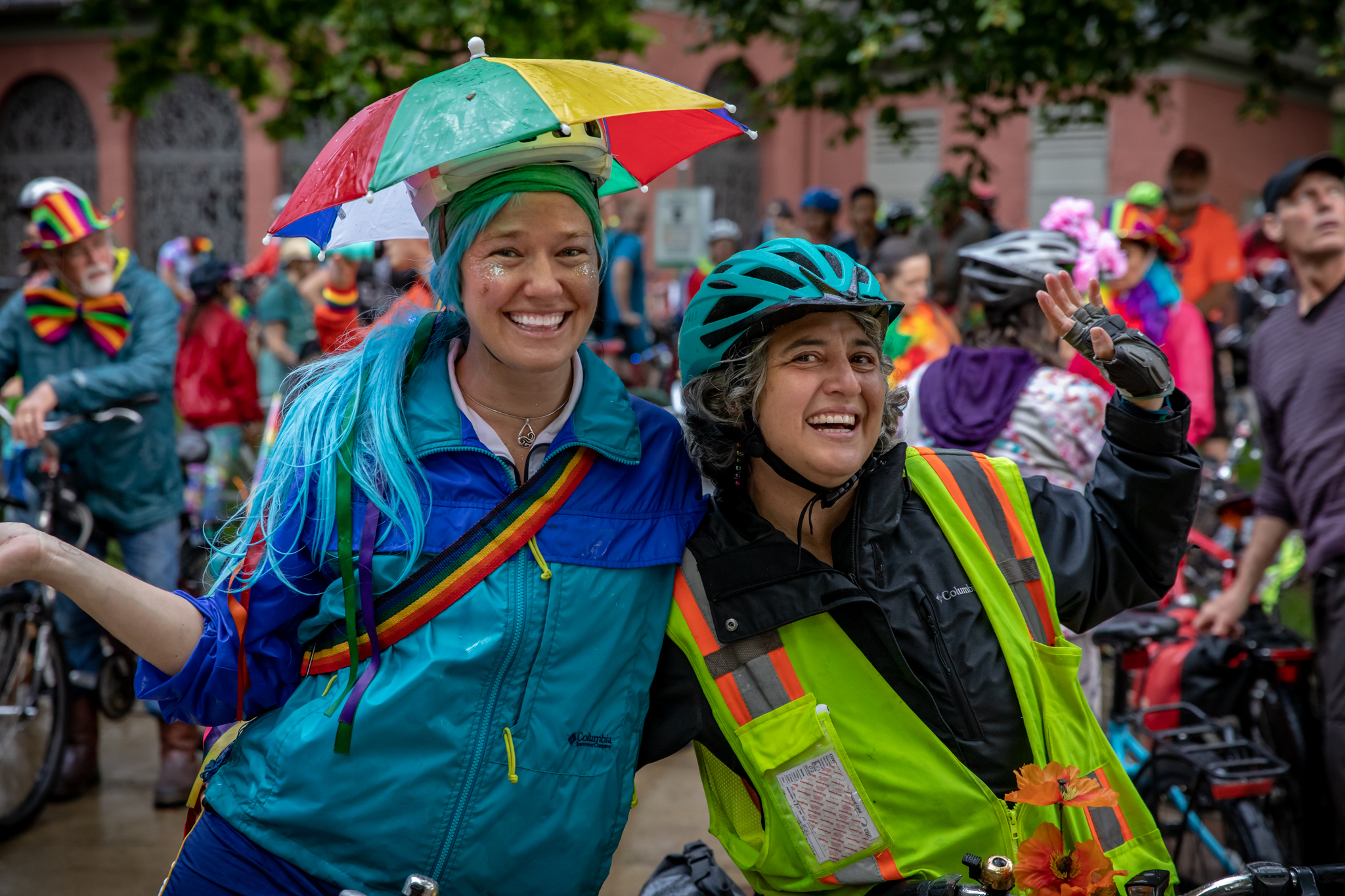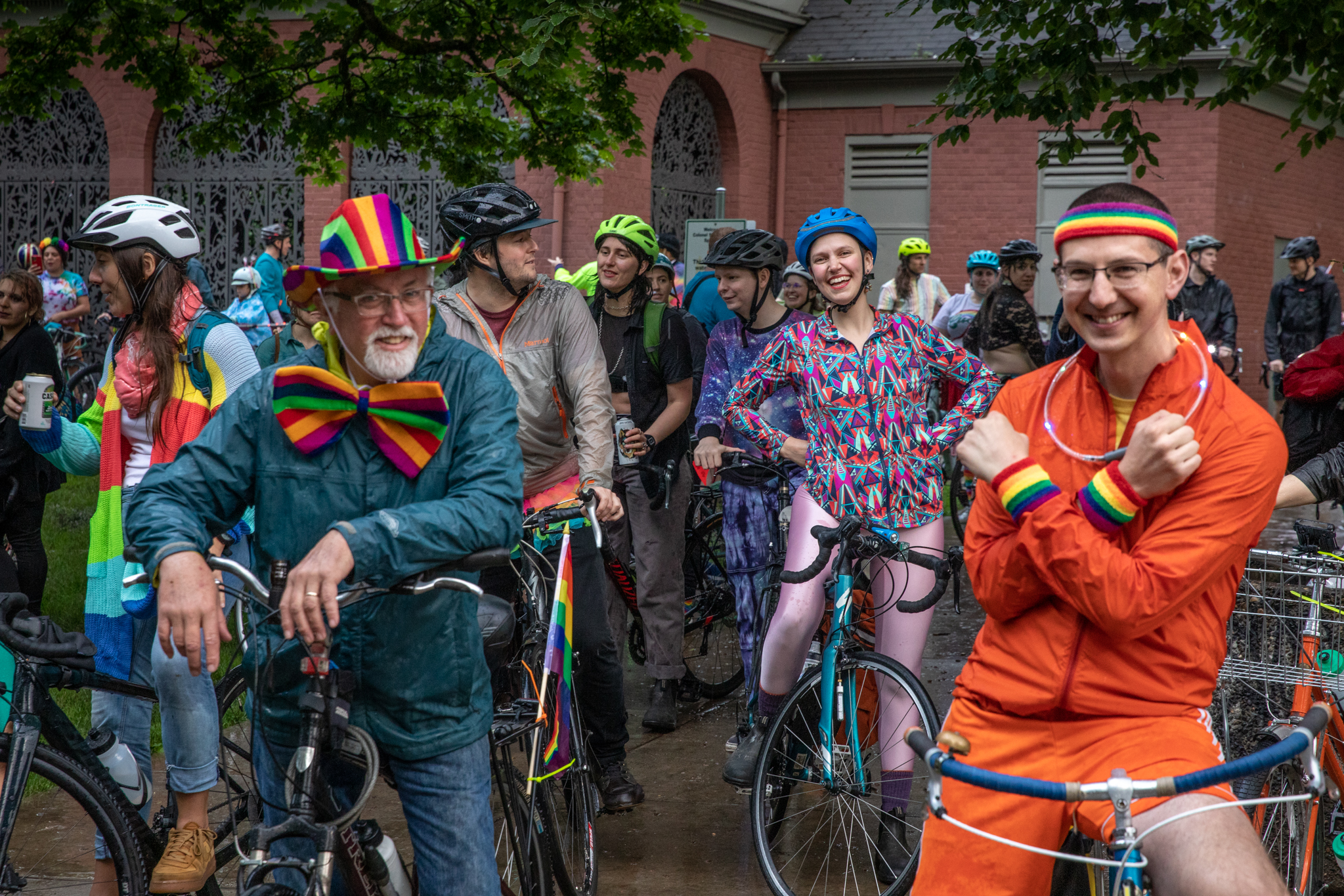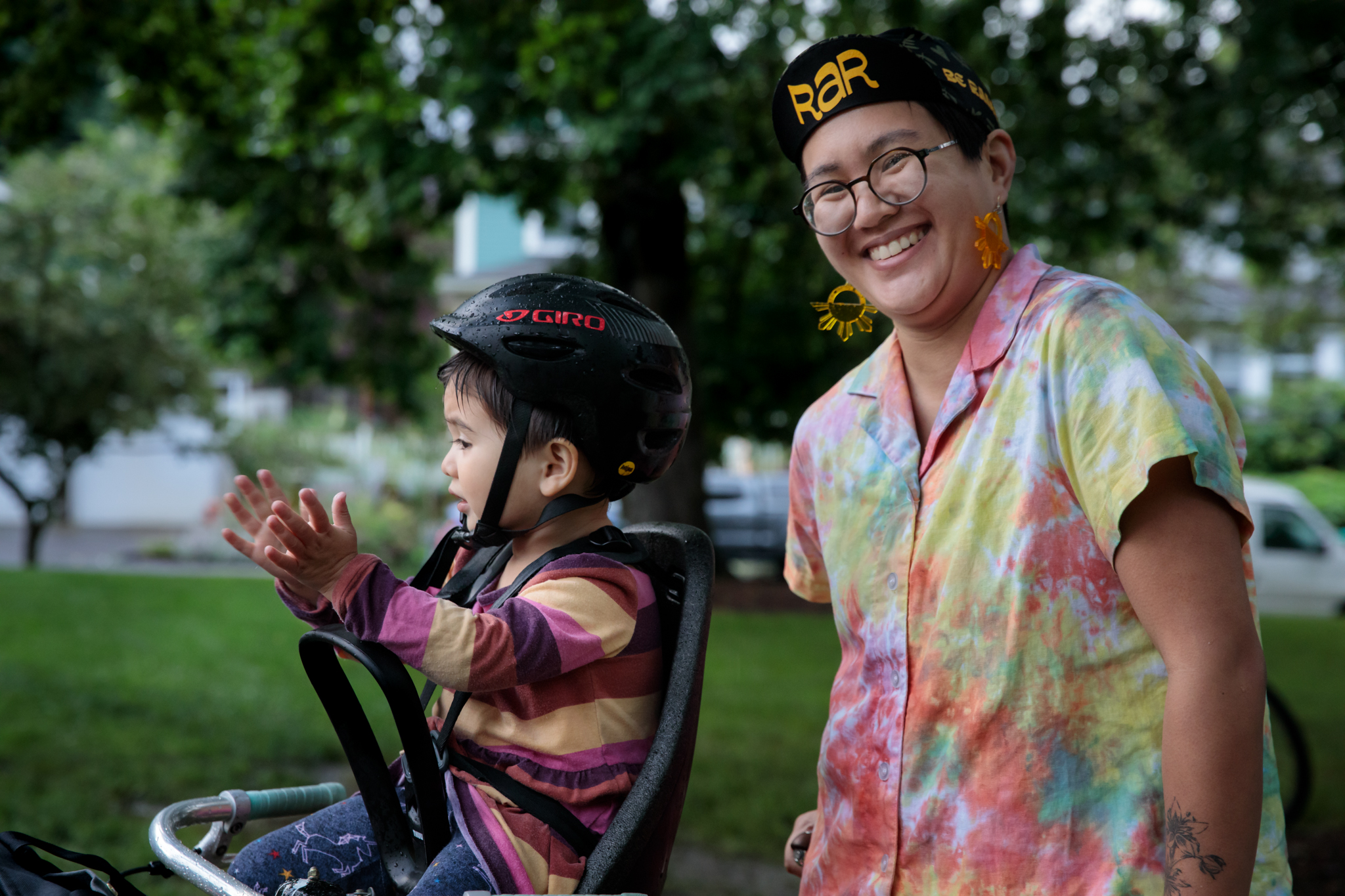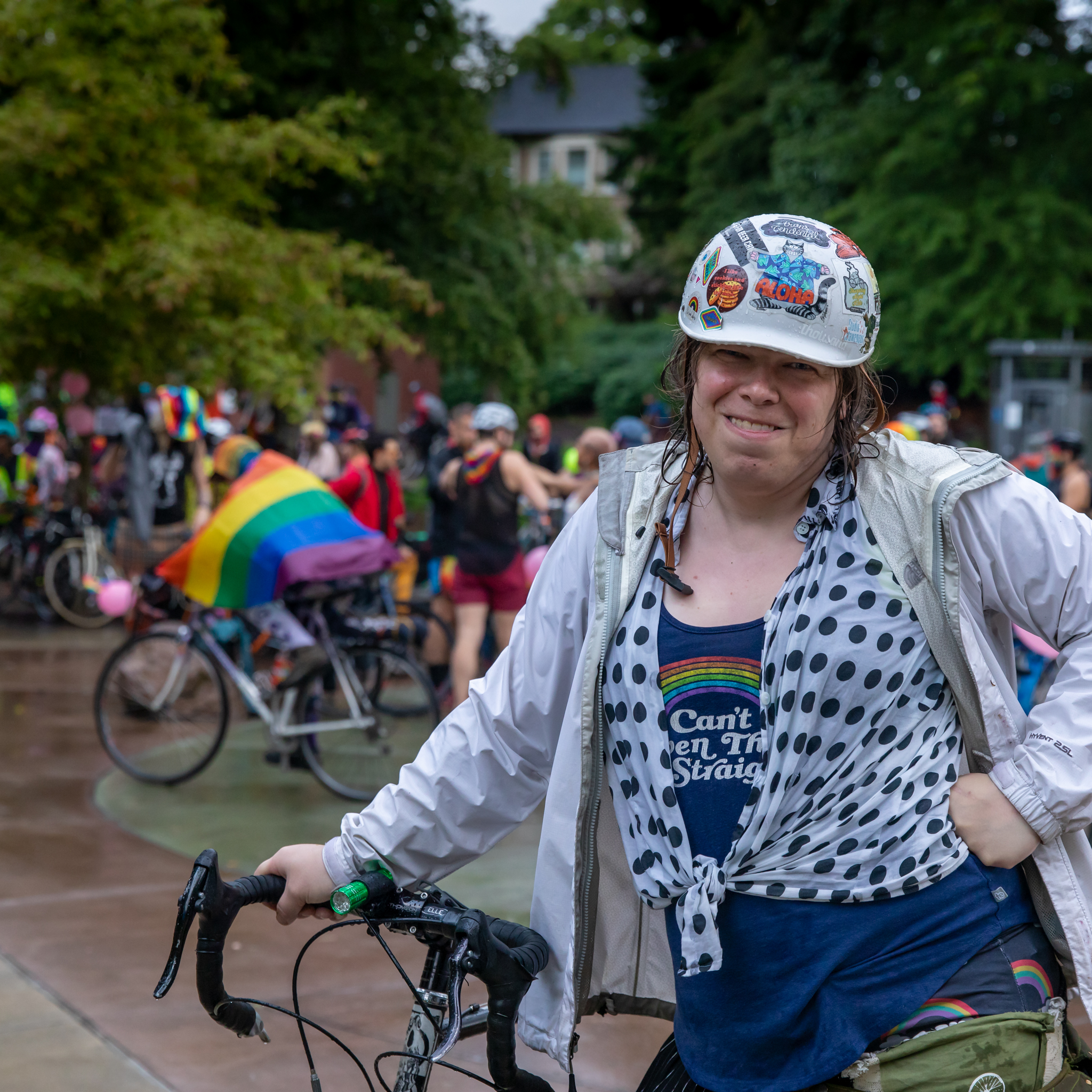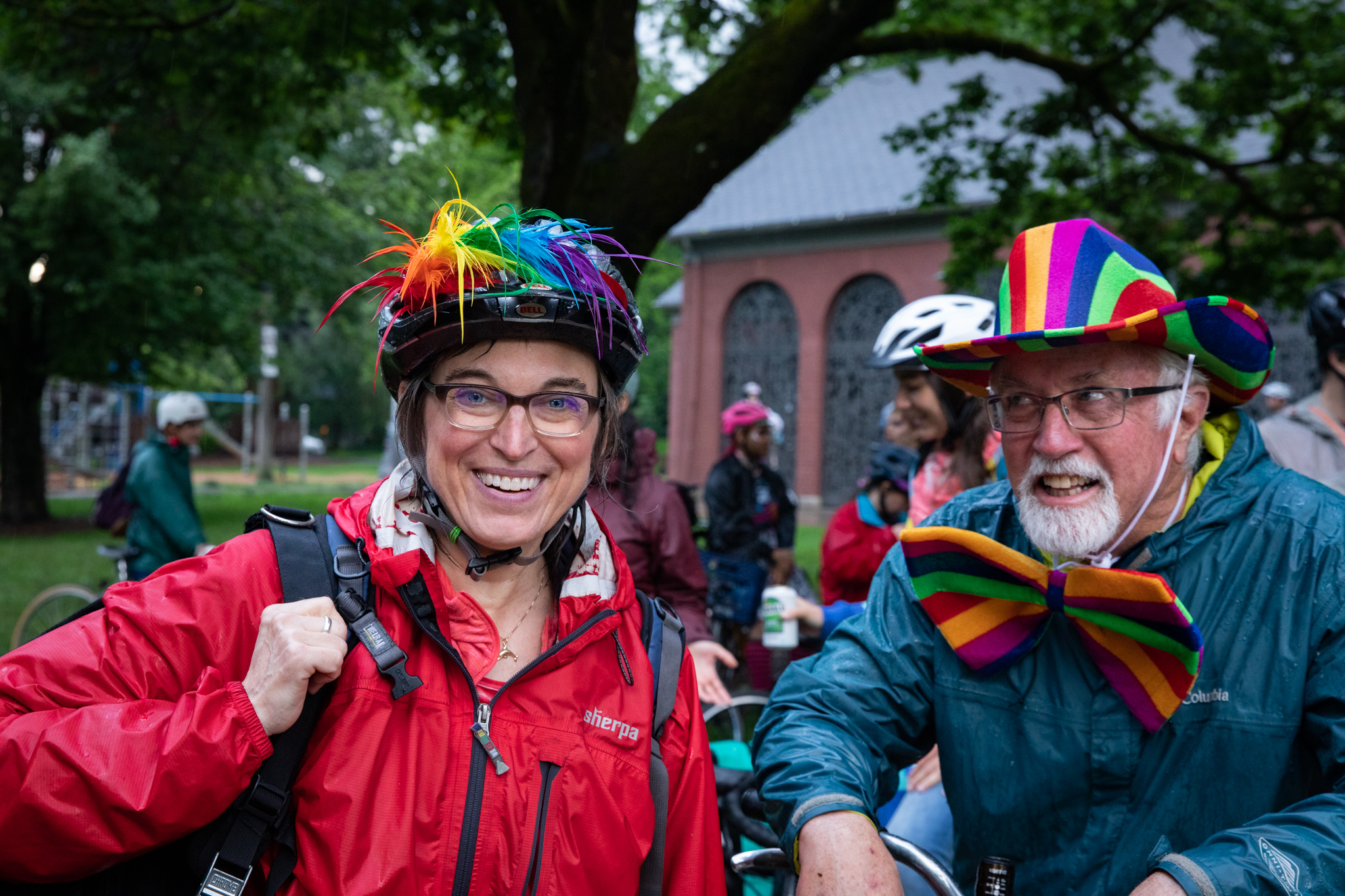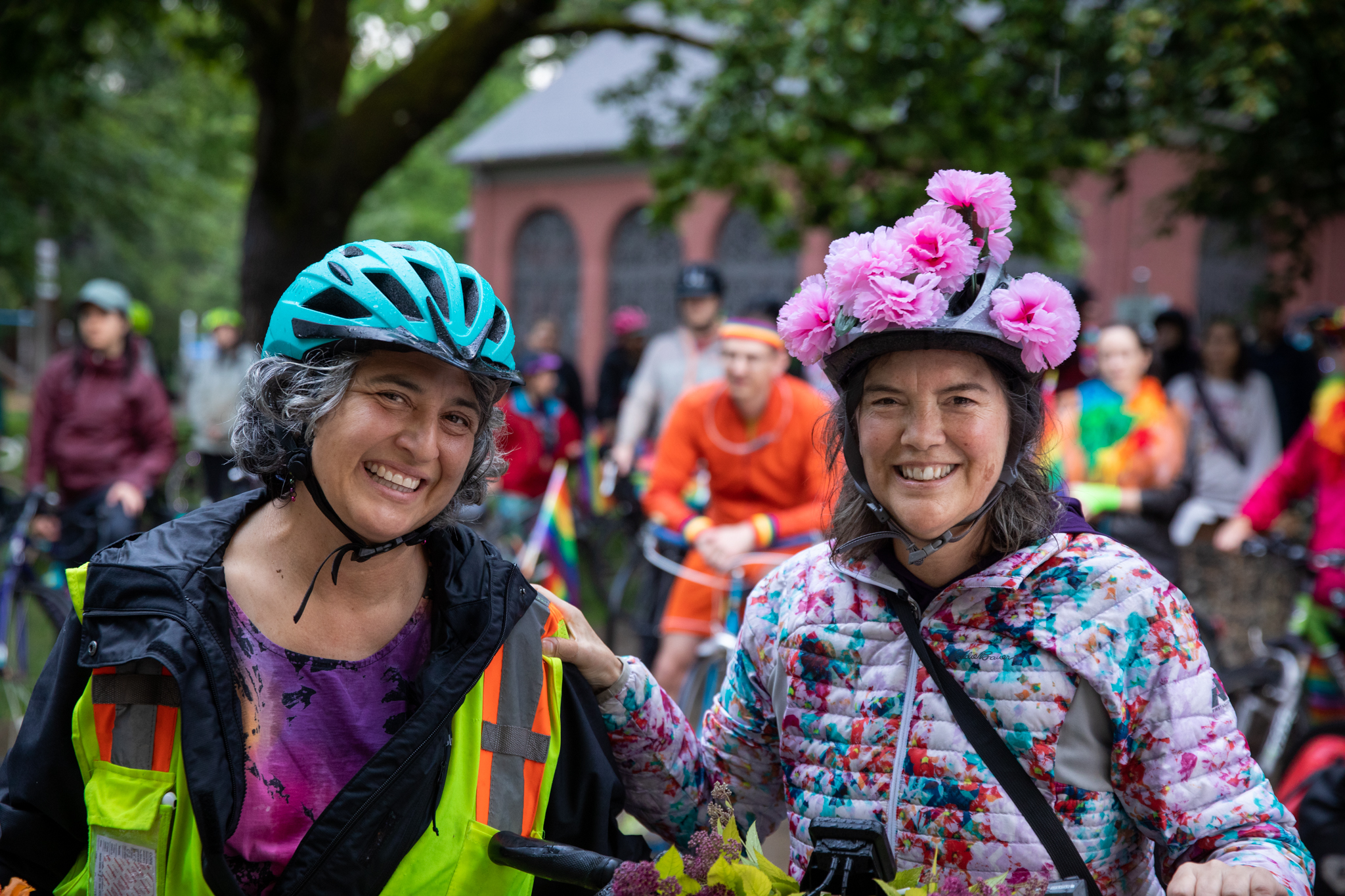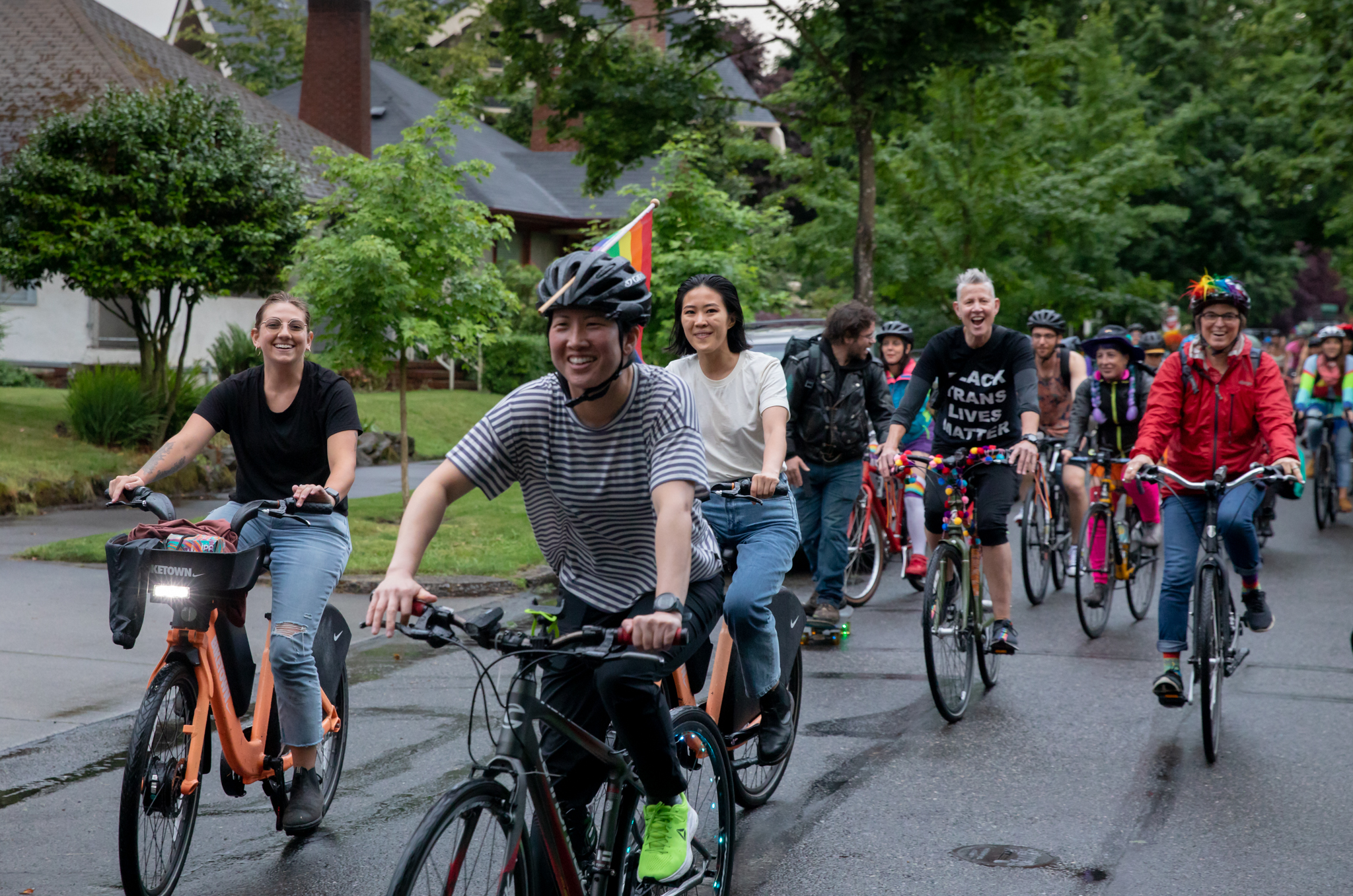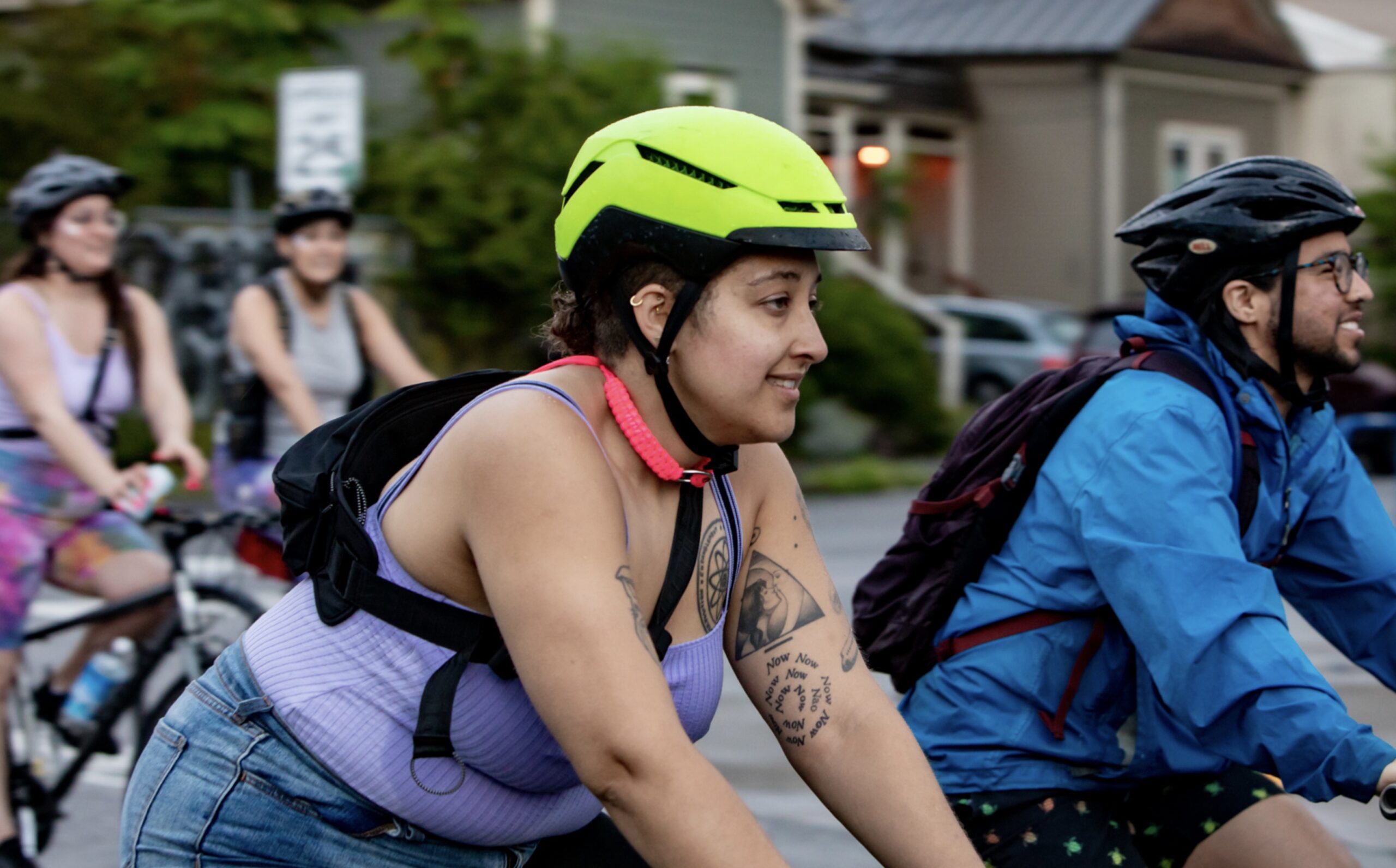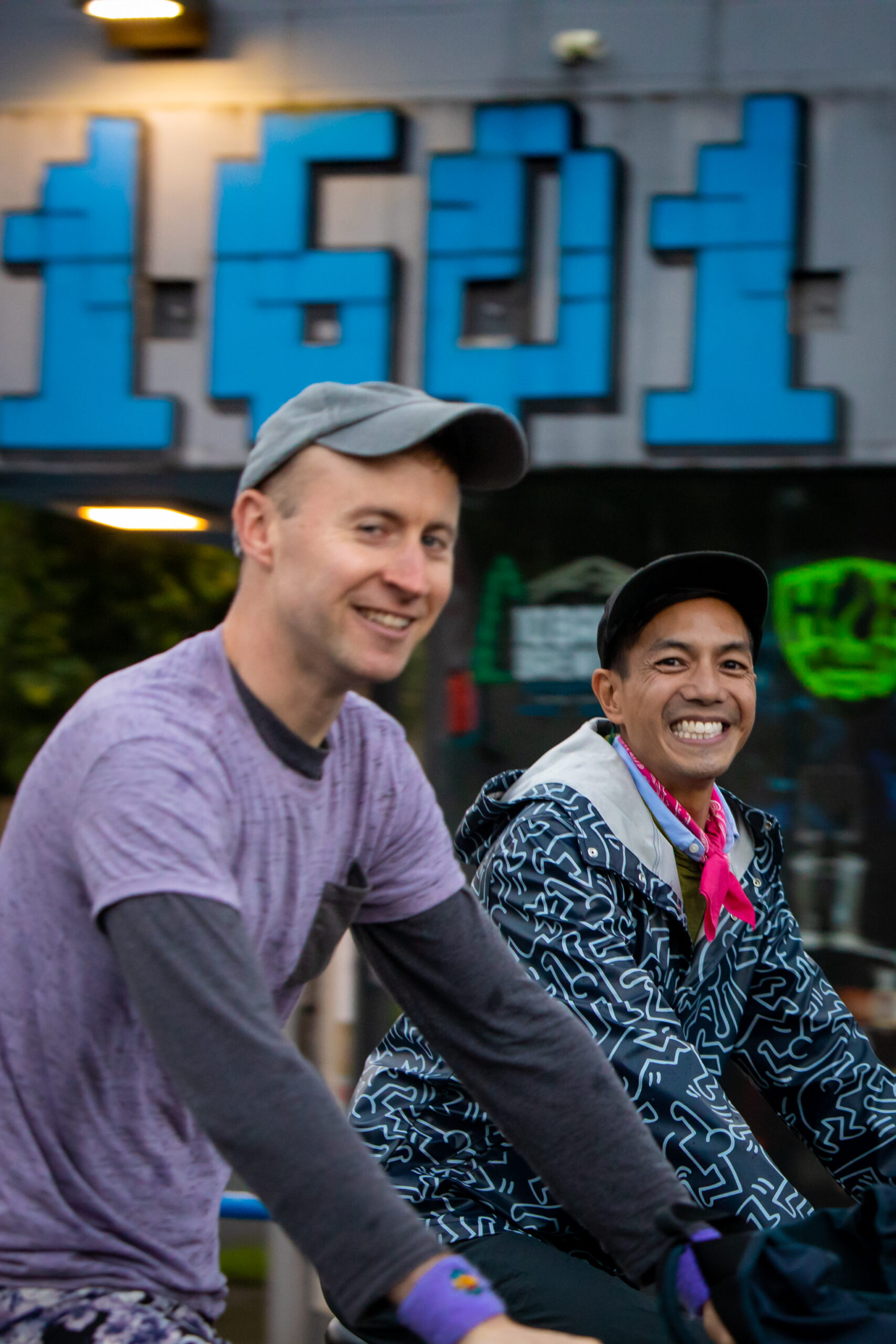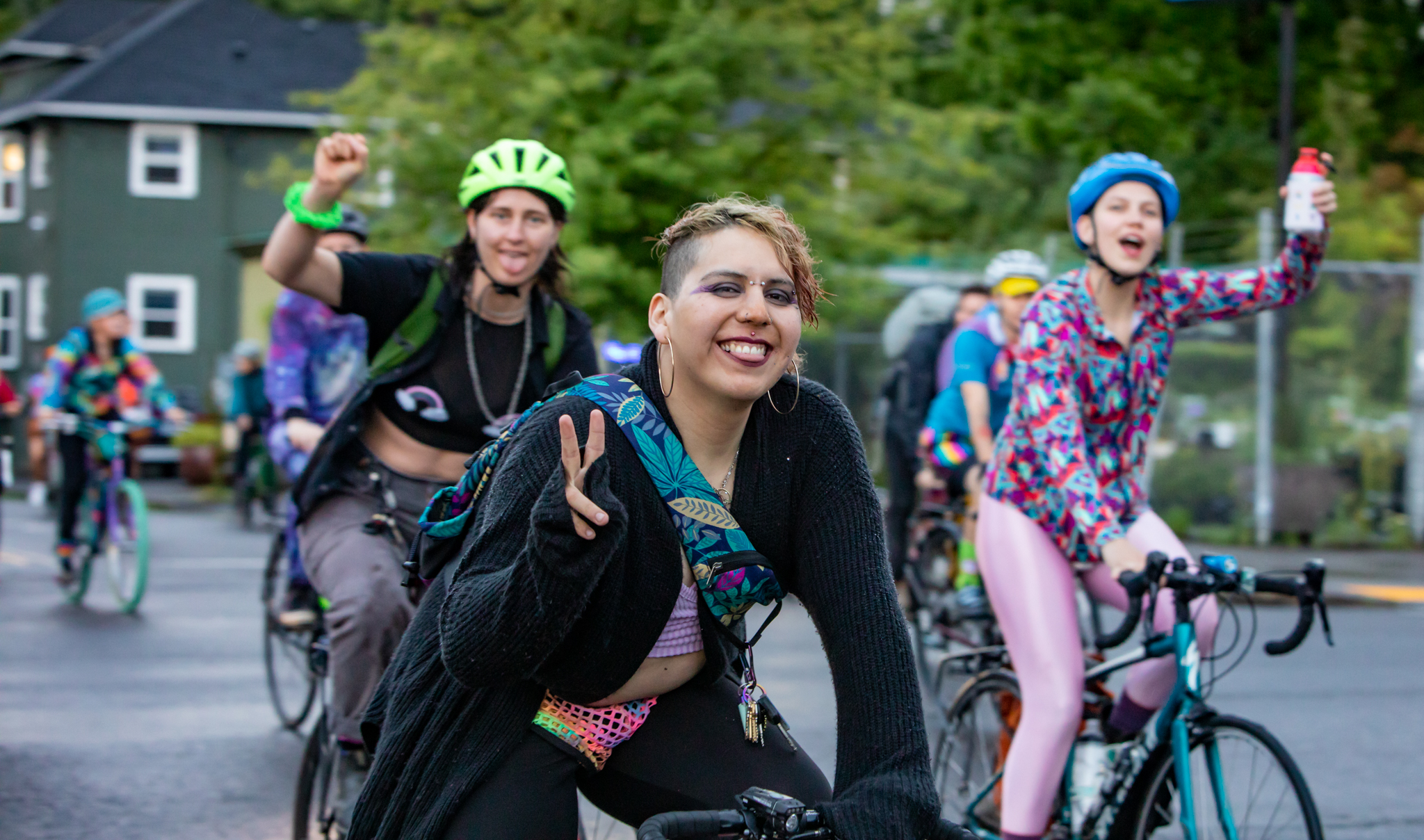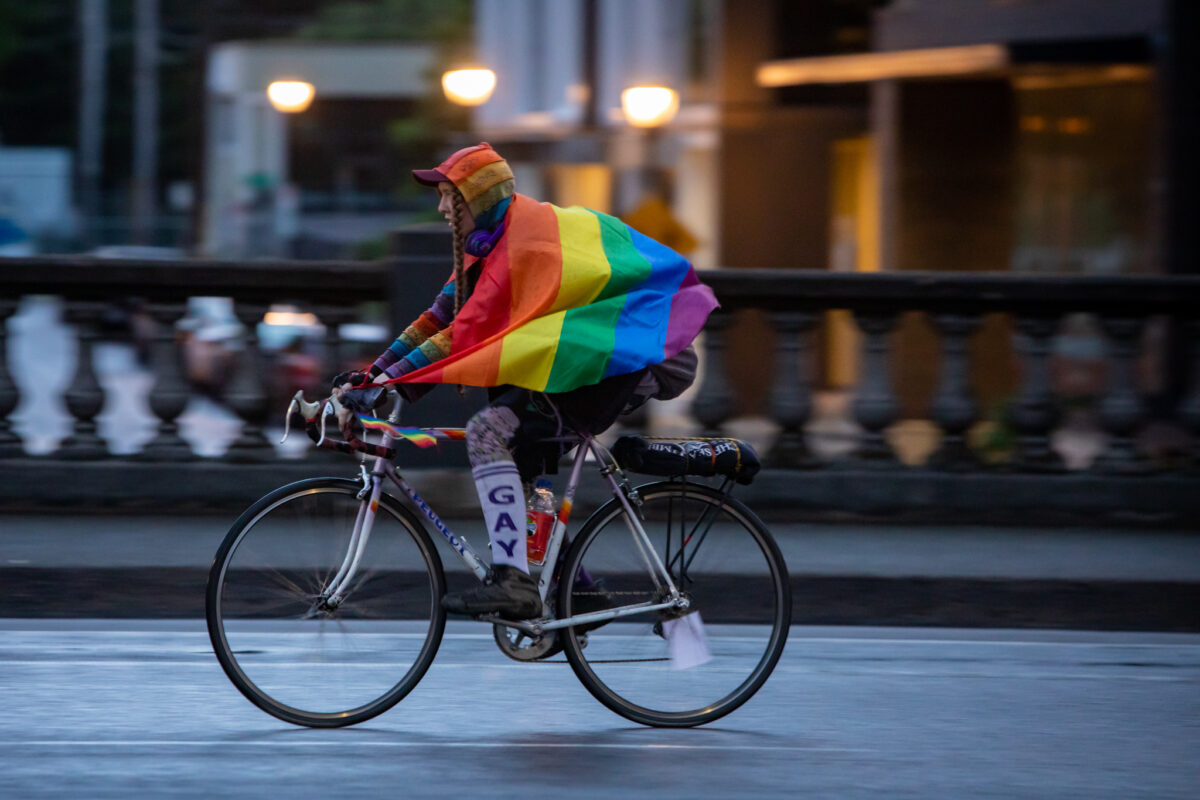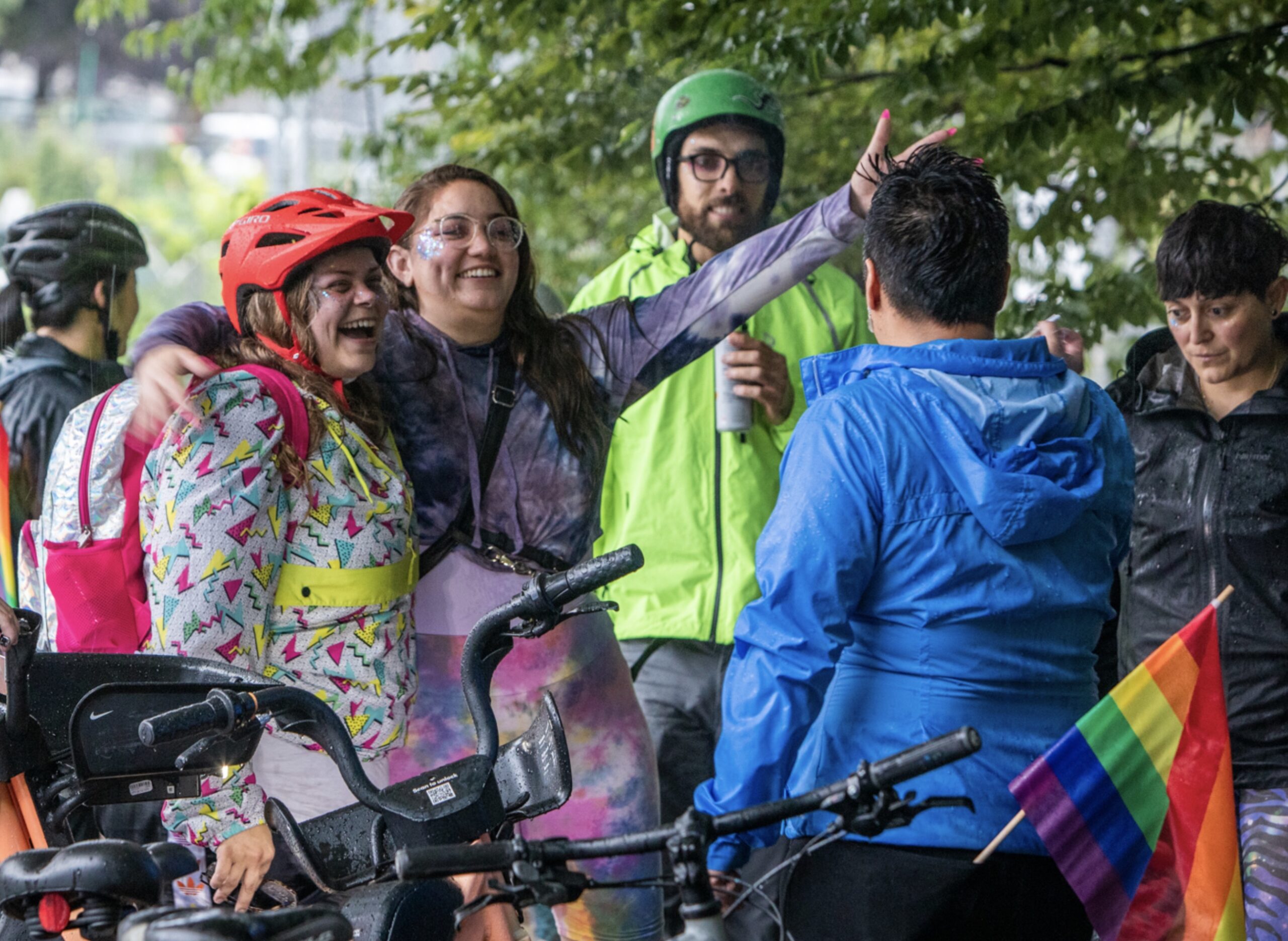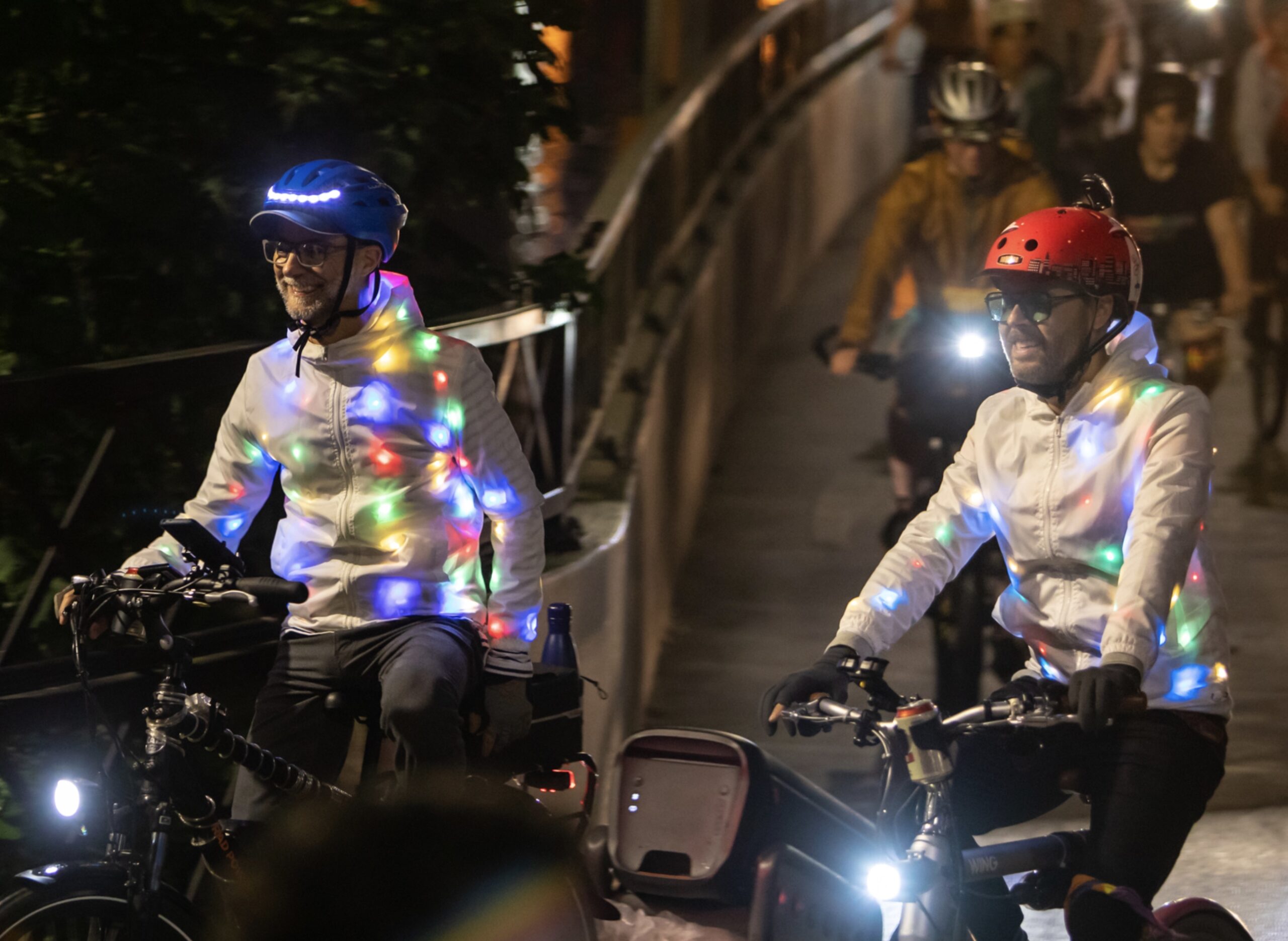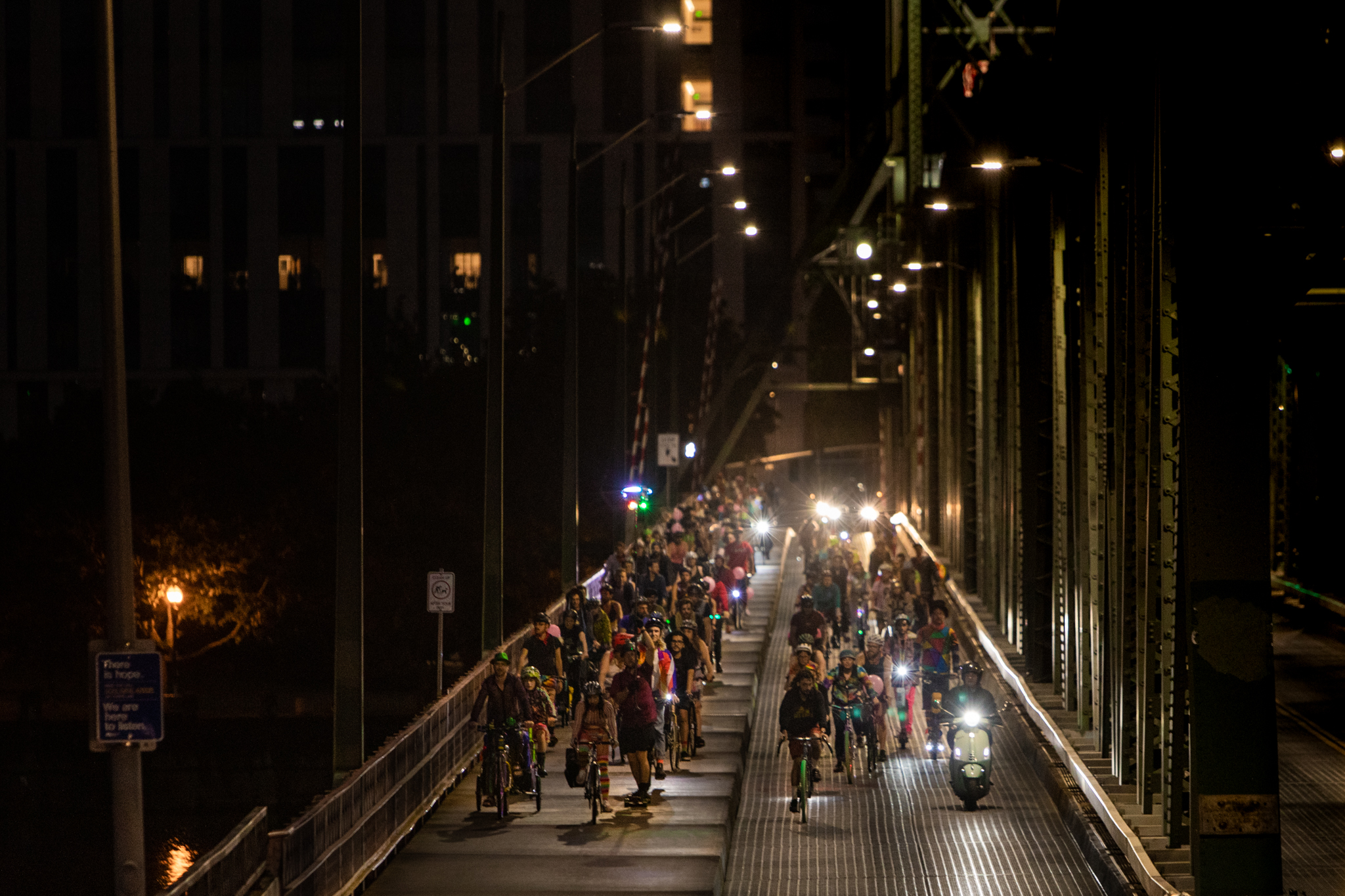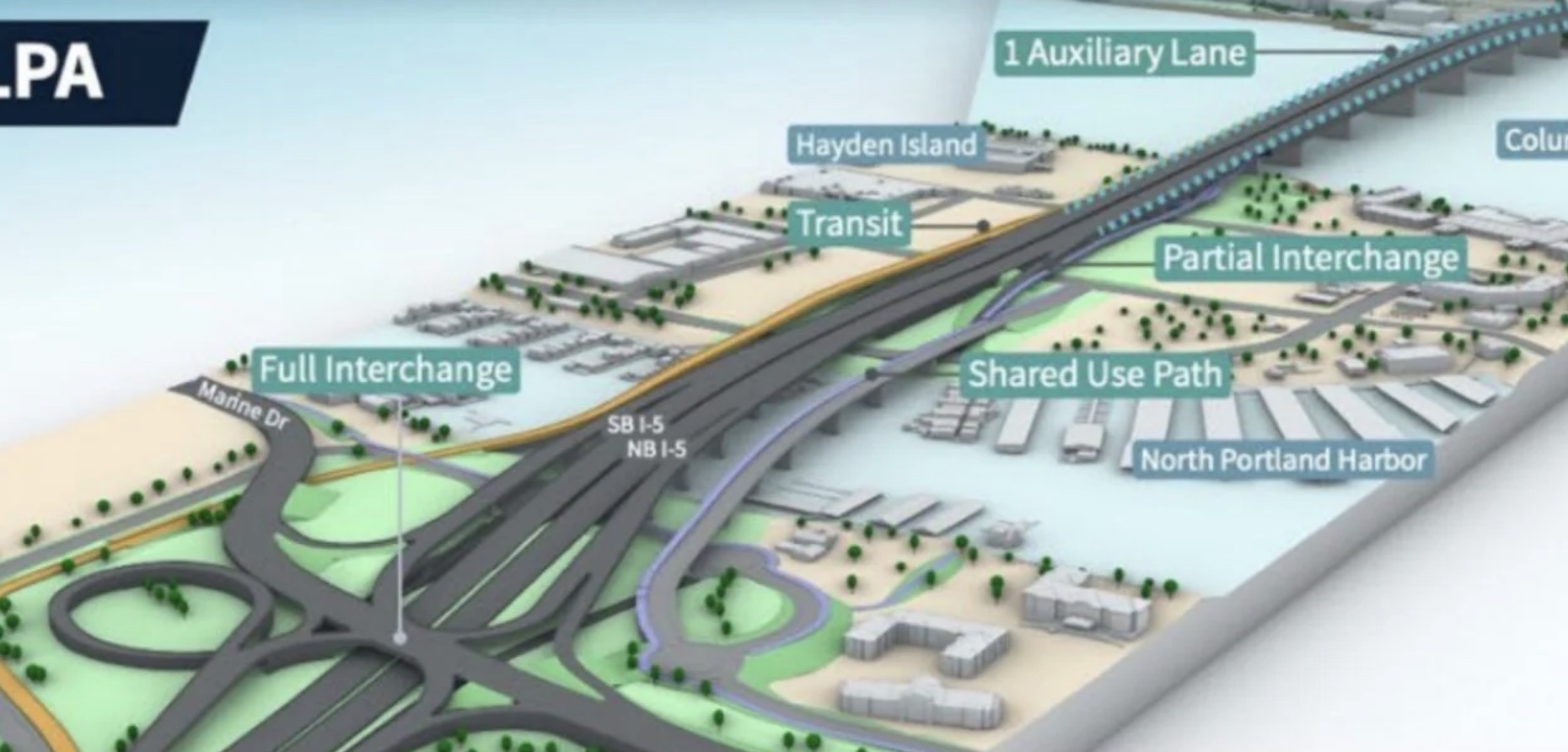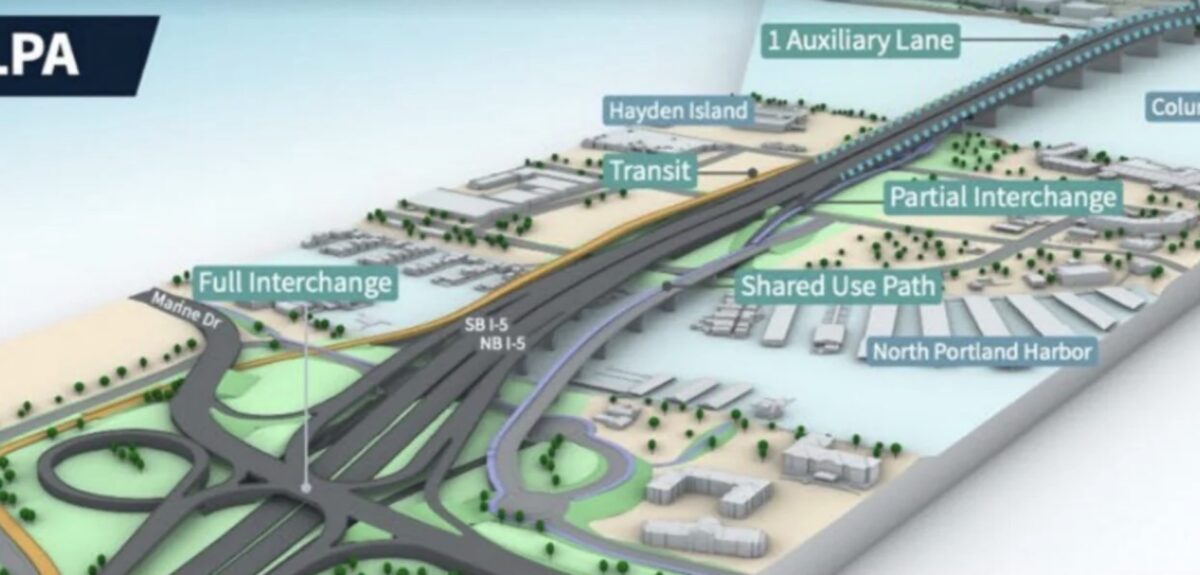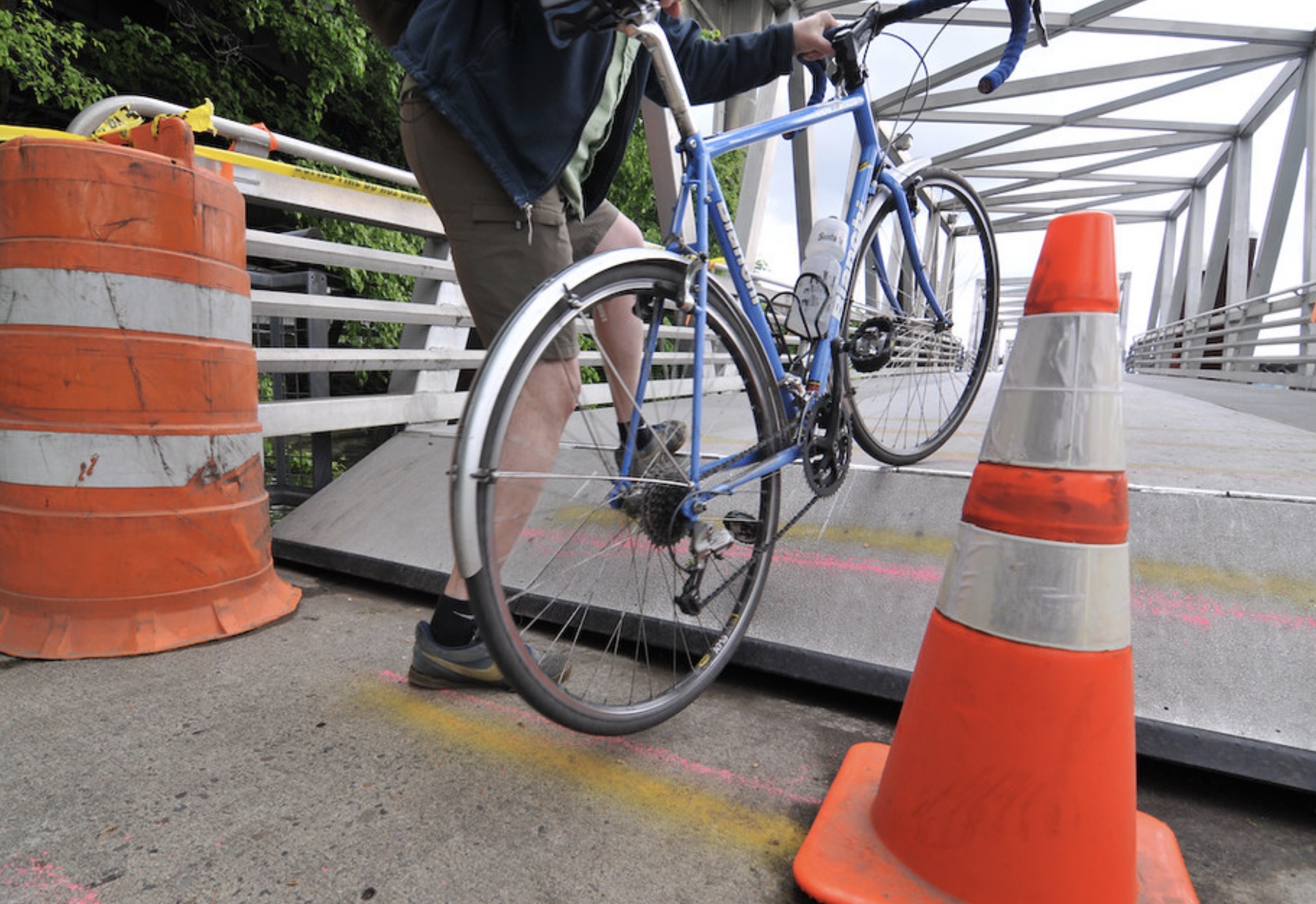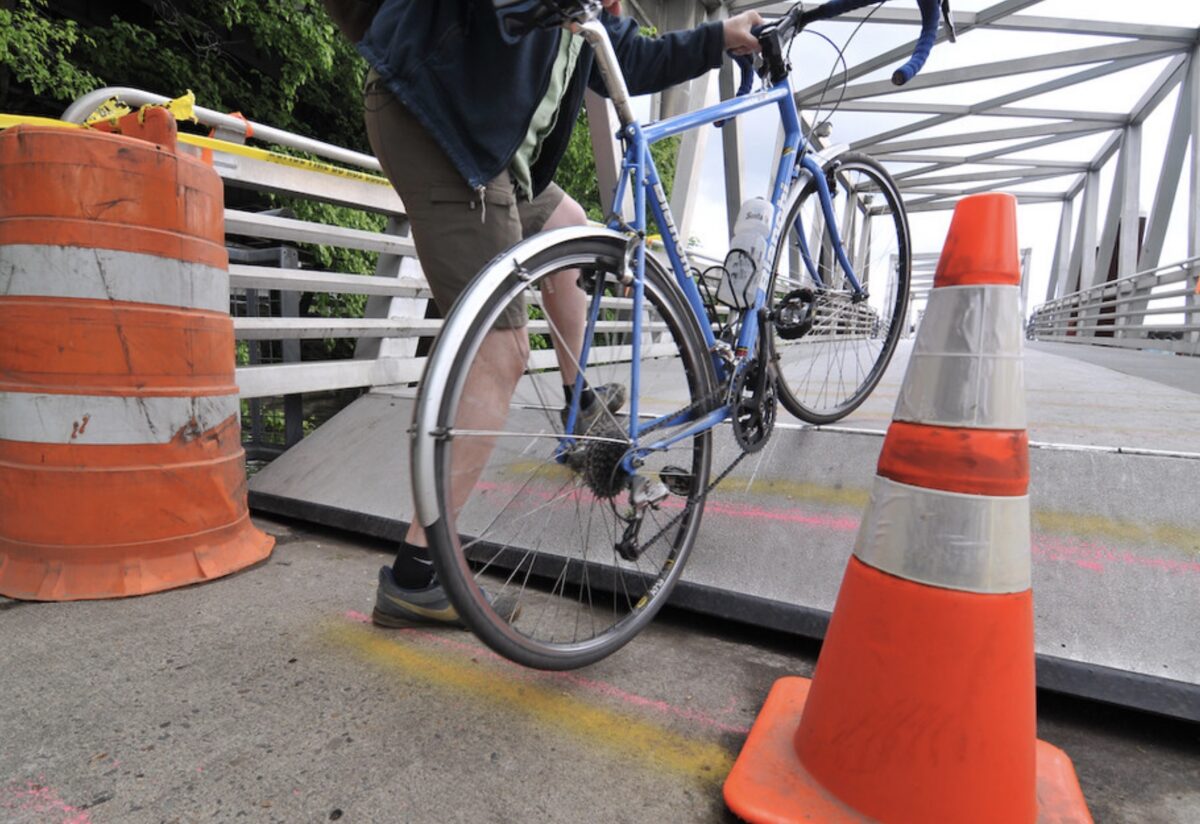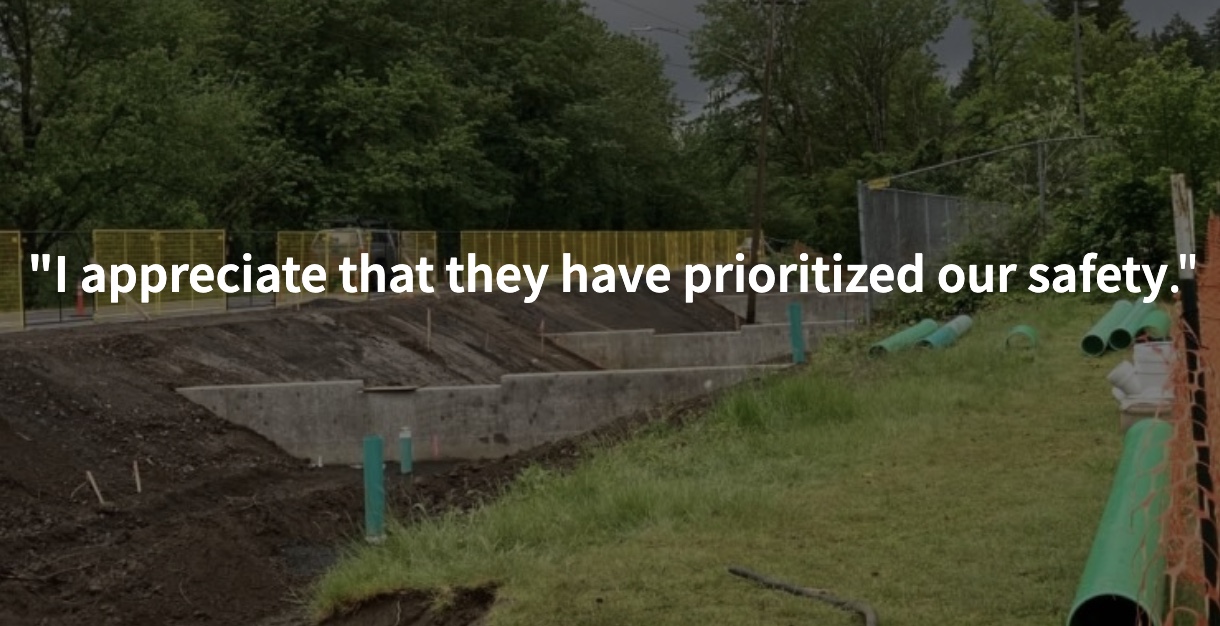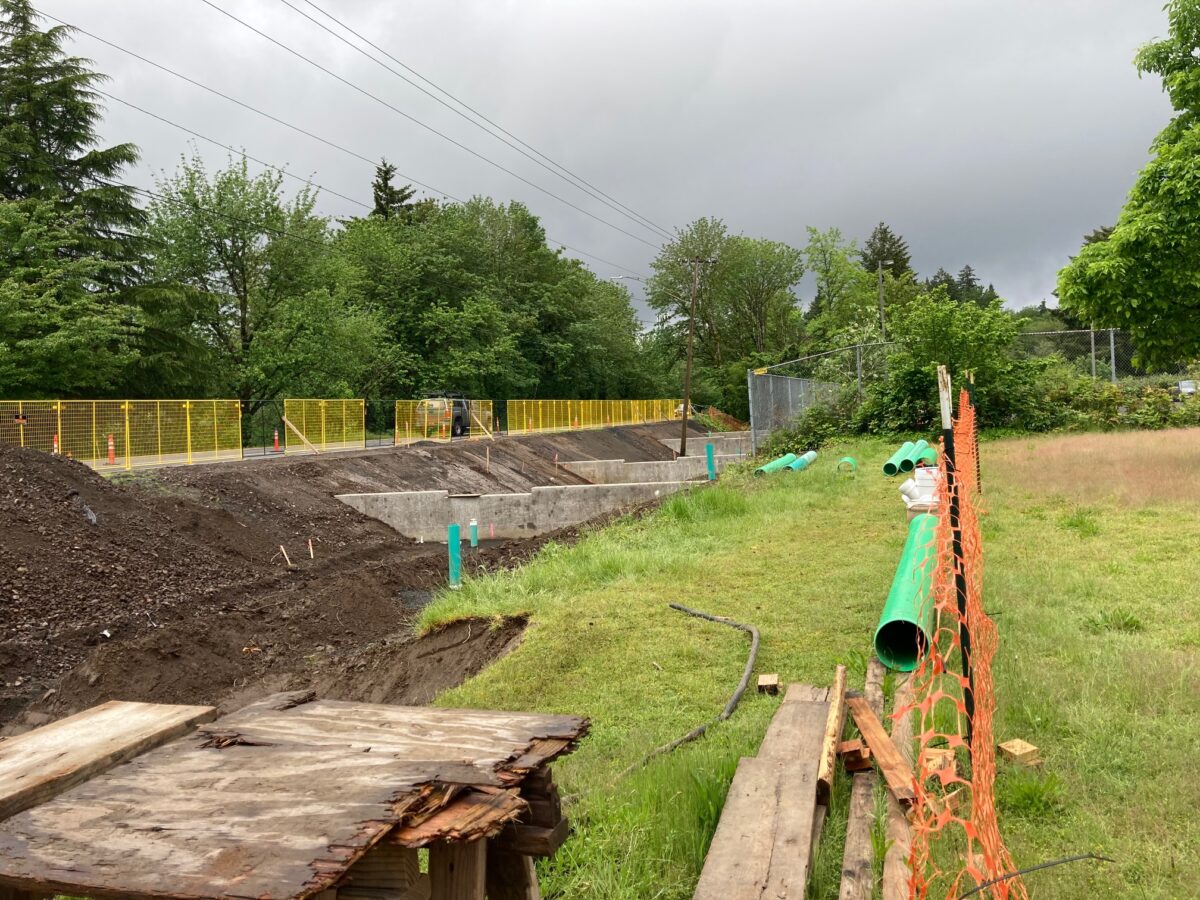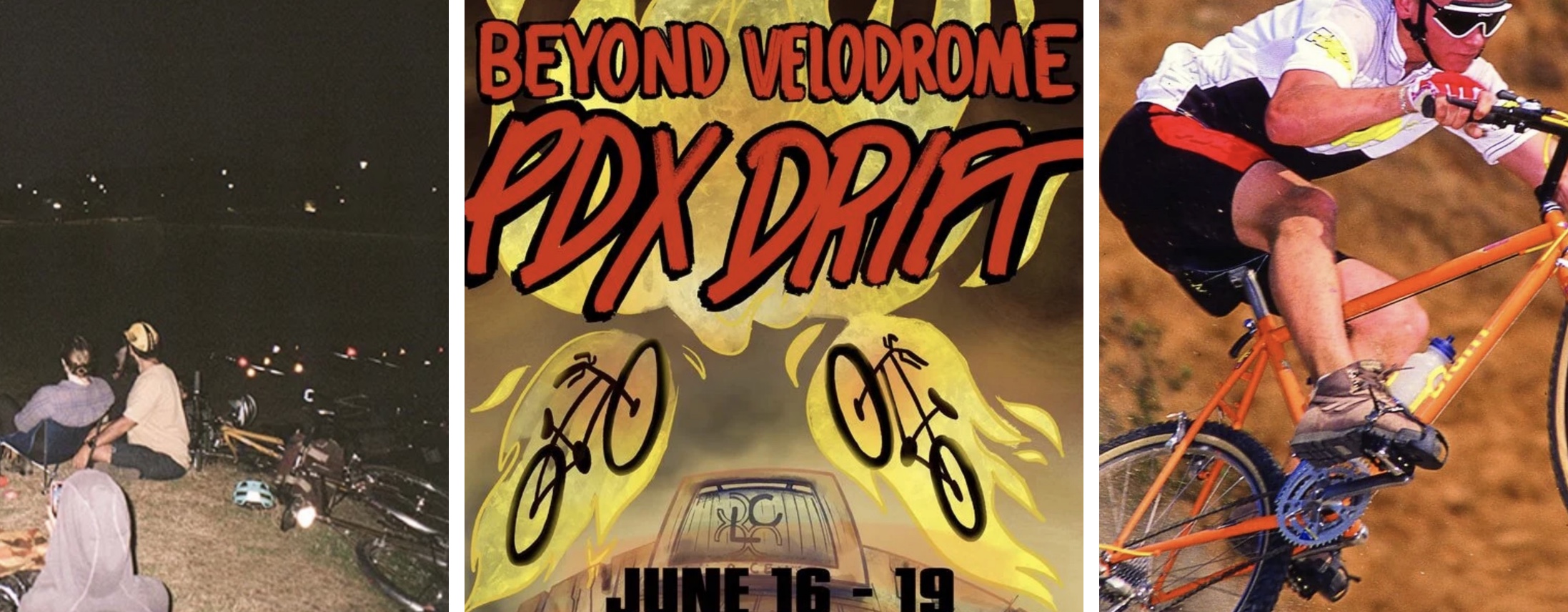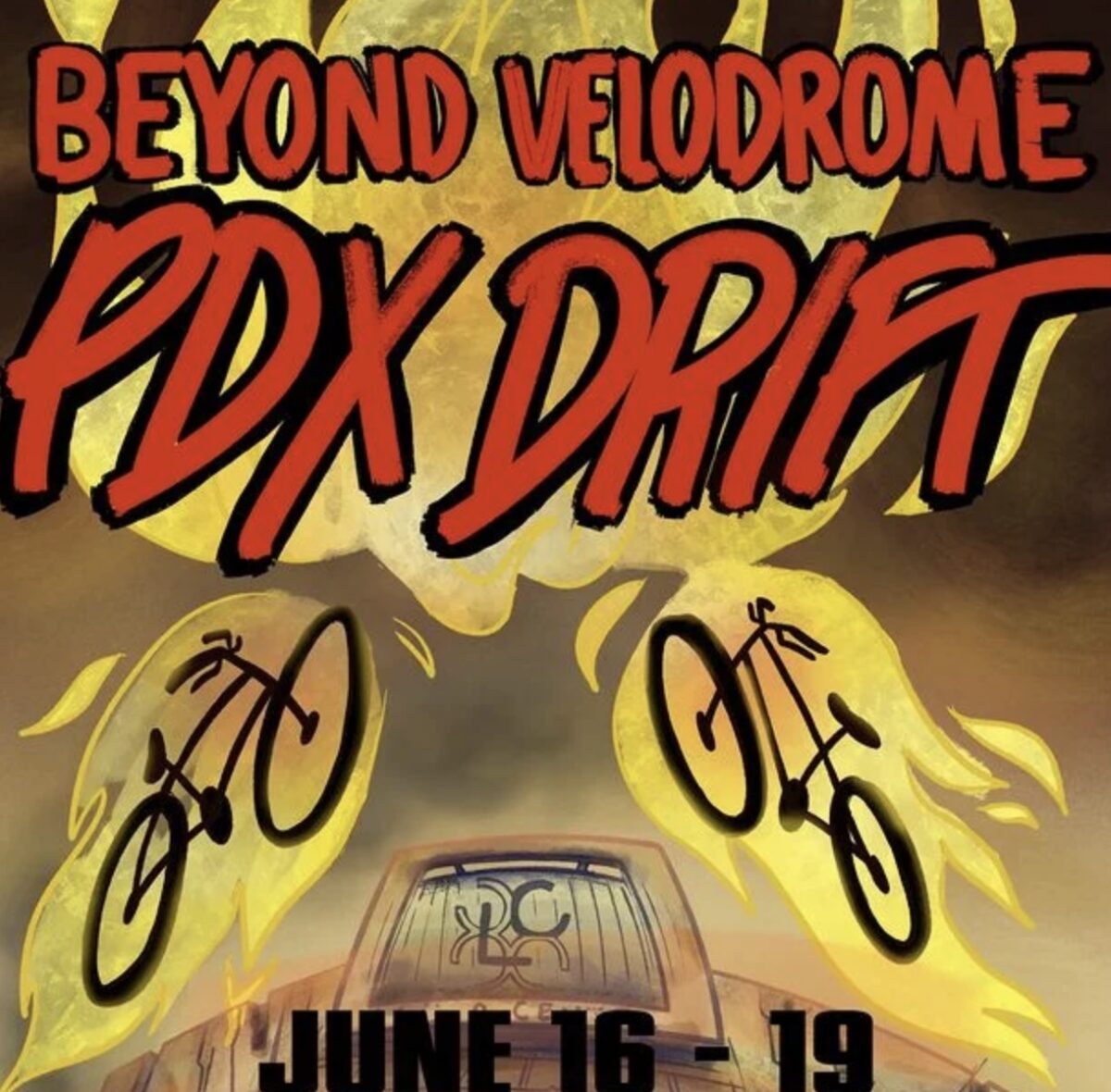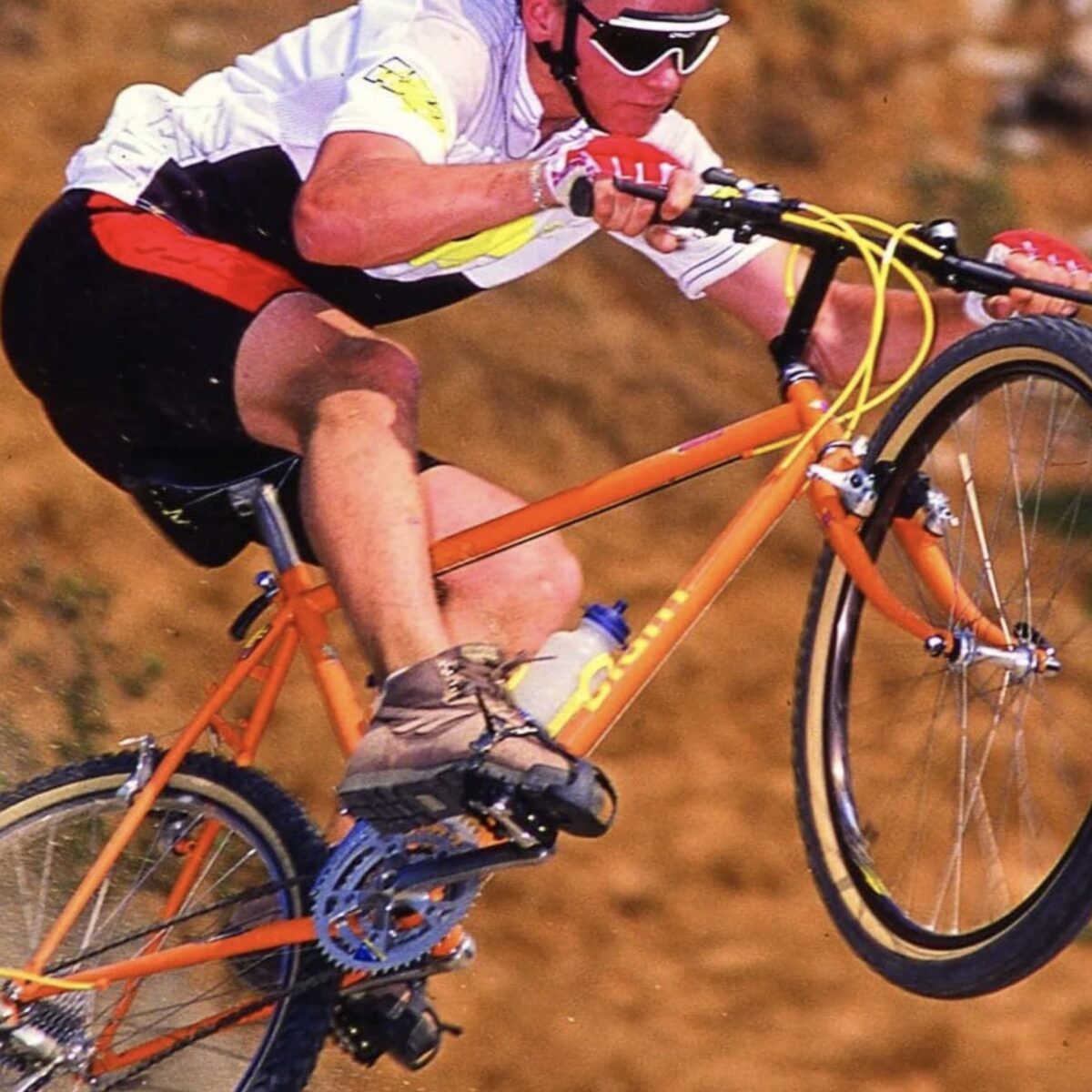
Who can blame folks for wanting to meet up with friends, show off their cool cars,
create content for social media, and blow off some steam?
Street racing, drifting and “takeovers” are revving up for summer. Last Sunday night hundreds of people and cars took over sections of streets throughout the city to show off their drifting and street racing skills.
According to the Portland Police Bureau, groups took over seven different locations between 8:00 pm Sunday night and 1:00 am Monday morning. They must have known it was coming because they conducted an enforcement mission that resulted in seven arrests, seven towed vehicles and the recovery of a gun.
The largest takeover was on NE 13th and Multnomah where PPB says over 200 people took part.
We’ve seen this movie before.
Last summer the issue became so prominent Portland City Council considered a crackdown. And a few months before that I shared concerns about how an aggressive police response could cause more harm than good. Fortunately that doesn’t appear to have happened yet and (so far) police have been able to address the issue without any escalations or tragic consequences.
While police play whack-a-mole and barely make a dent in the problem (while creating even more excitement and drama for the street racers, something that likely makes it more attractive to some of them), the takeovers persist. If Sunday night’s action is any indication, their popularity might even be on the rise.
And who can blame these folks for wanting to meet up with friends, show off their cars, create content for social media accounts, and blow off some steam? In many ways they’re similar to the big group bike rides that happen daily as part of Pedalpalooza. It’s all part of a similar human desire for cultural expression, adrenalin, social bonding, and so on.
But these street takeovers are very different in important ways. They’ve led to fatal crashes many times, they pump toxic emissions into our air and waterways, and they put innocent people at risk. We need to do more to prevent them. Even if we think these events are confined to willing participants, we must consider spillover effects. People don’t turn off this type of reckless driving when they leave a large gathering. I’ve seen burnouts and reckless speeding happen many times and we all know dangerous driving behavior is rampant in Portland today.
Maybe one answer is to deploy simple traffic calming tools.
The Portland Bureau of Transportation has already installed many of those little, rubber, yellow-and-black striped curbs all over the city. It’s part of a “left-turn calming” effort to improve safety and prevent injuries and deaths to other road users. One carefully placed, mountable curb could effectively prevent someone from doing burnouts and drifting around an intersection. I’m sure engineers and planners could find other clever ways to do this if a curb isn’t feasible.
Preventing activities through infrastructure design is old hat for government agencies. Along with private property owners, they’ve become creative and efficient at installing hostile infrastructure on sidewalks in order to prevent people from erecting tents and sleeping in the public right-of-way. They’ve also decided there are places where skateboarding is not allowed and they’ve installed tiny bumps on curbs and benches to prevent “grinding” and other tricks.
We should apply a similar approach to intersections.
Smartly placed bits of hard infrastructure could safely and effectively prevent a lot of these dangerous activities while simultaneously improving traffic safety overall. It could also be an opportunity for PBOT and the Portland Police Bureau to collaborate on a project that doesn’t focus on enforcement, yet allows both agencies to address a problem together.
We need more of that from our city.





